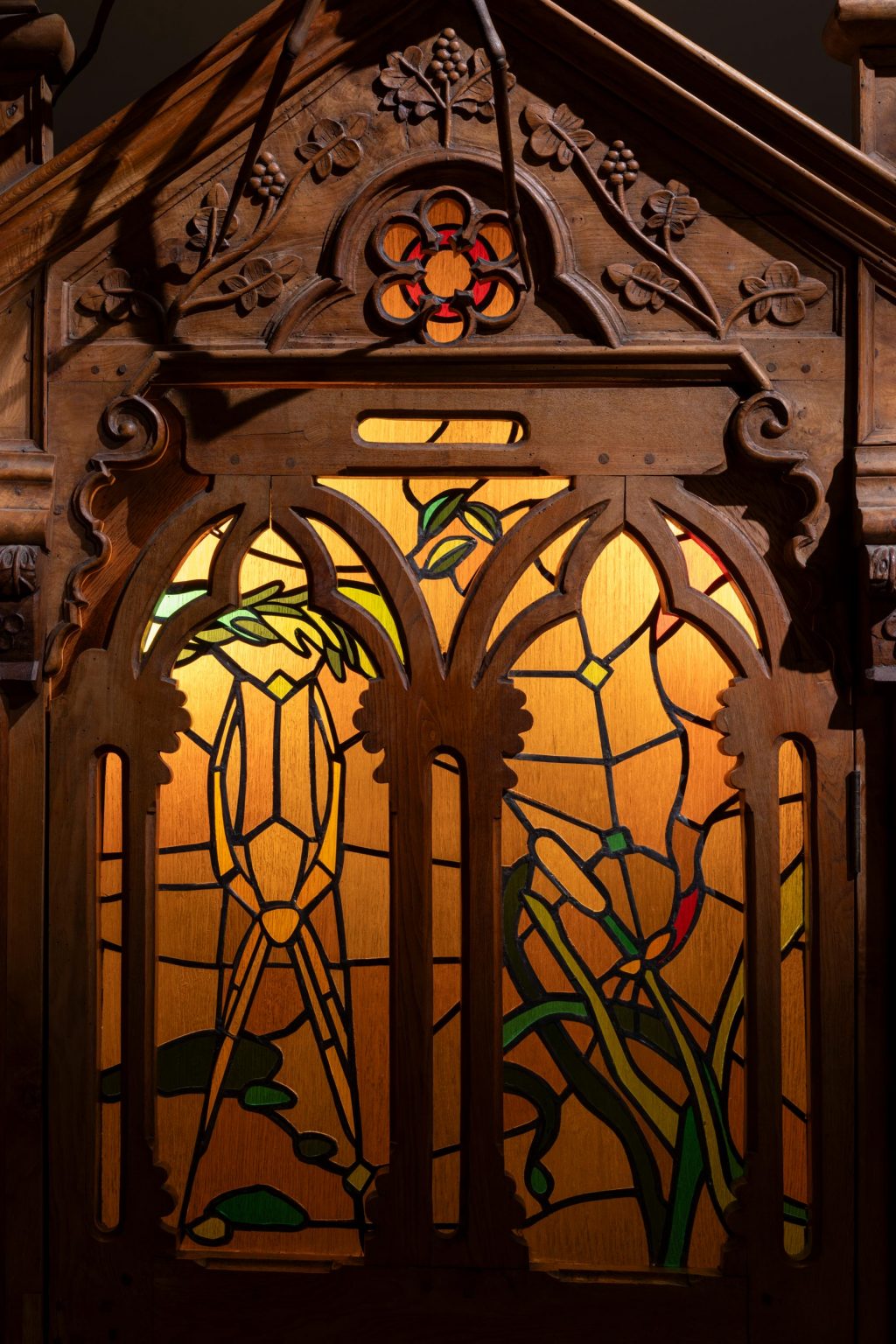

...

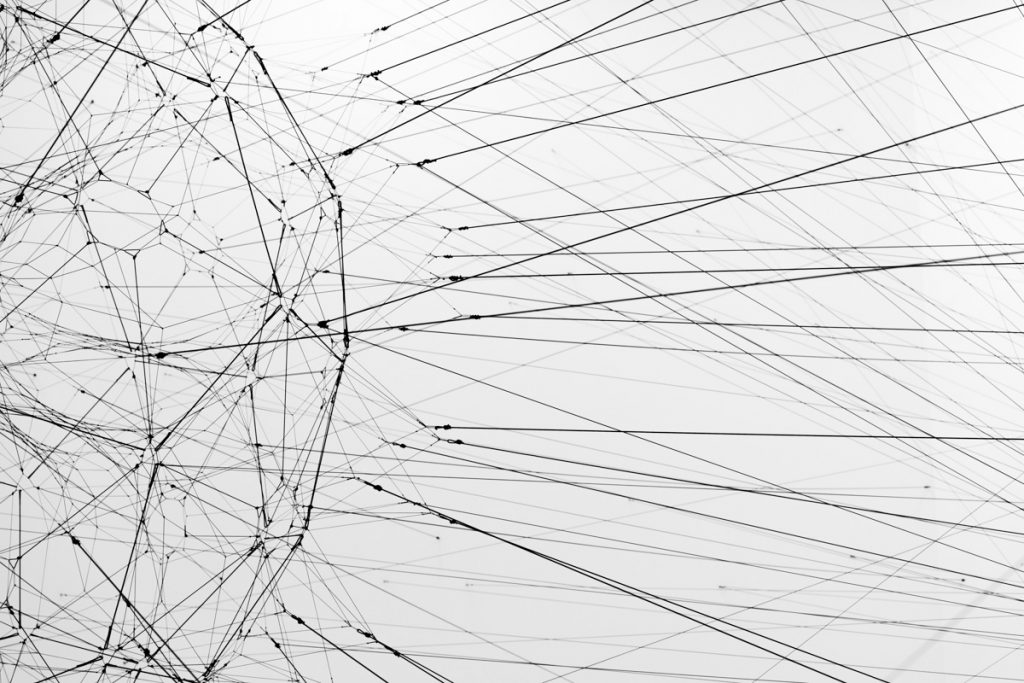
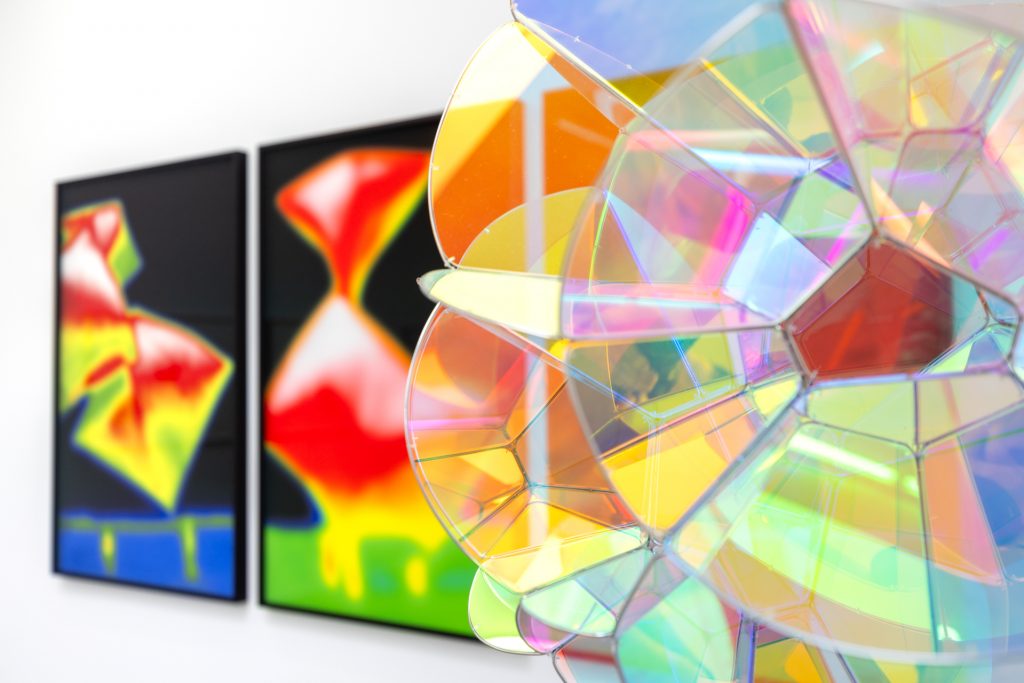
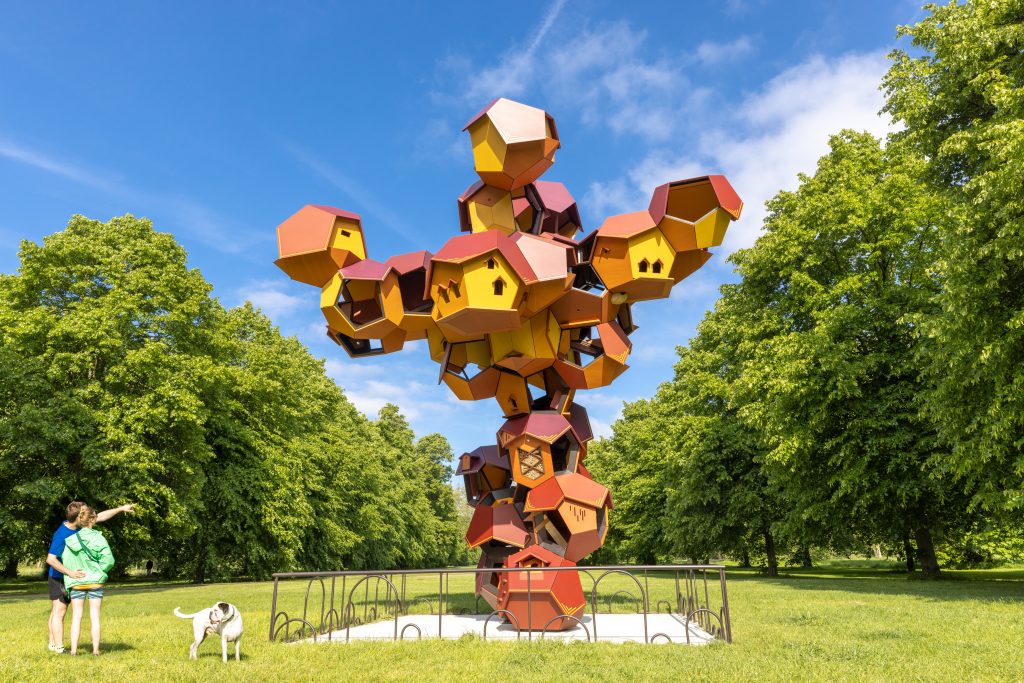
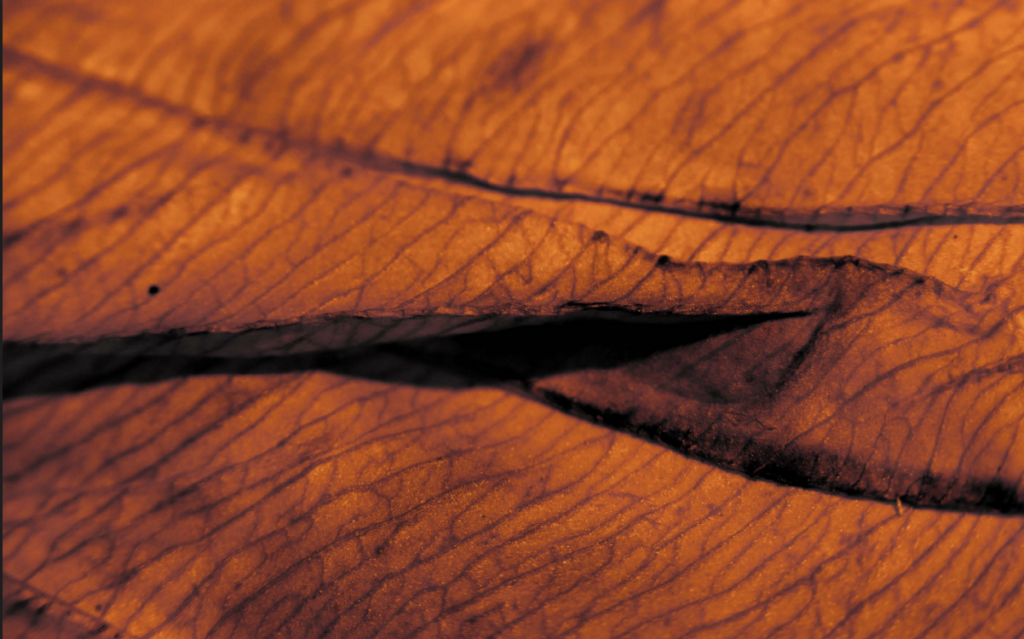
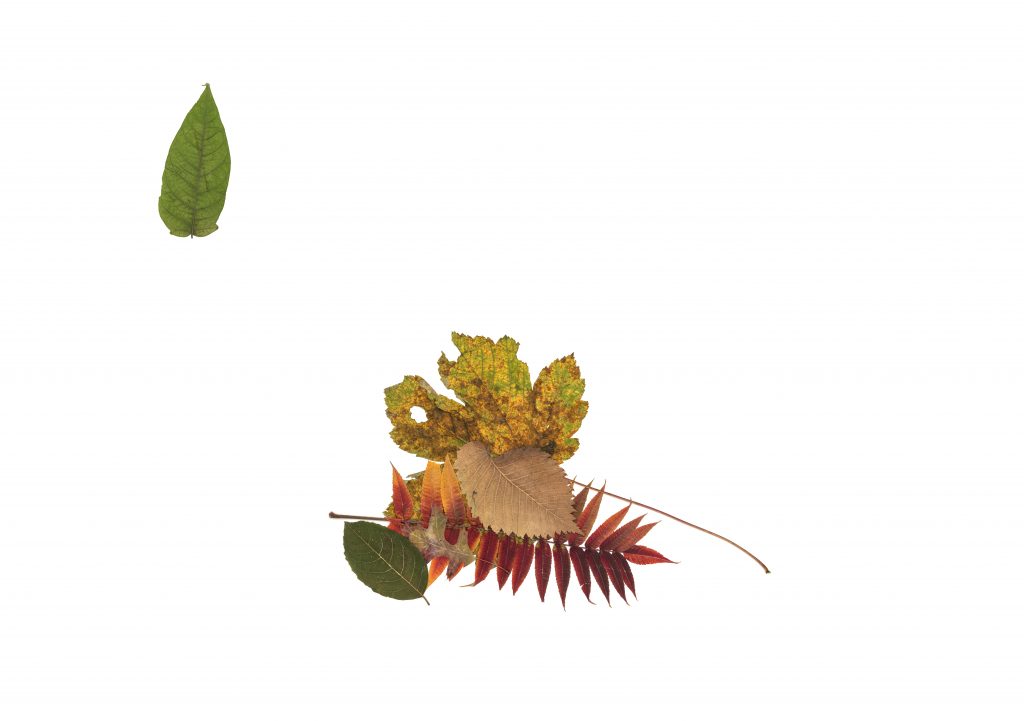
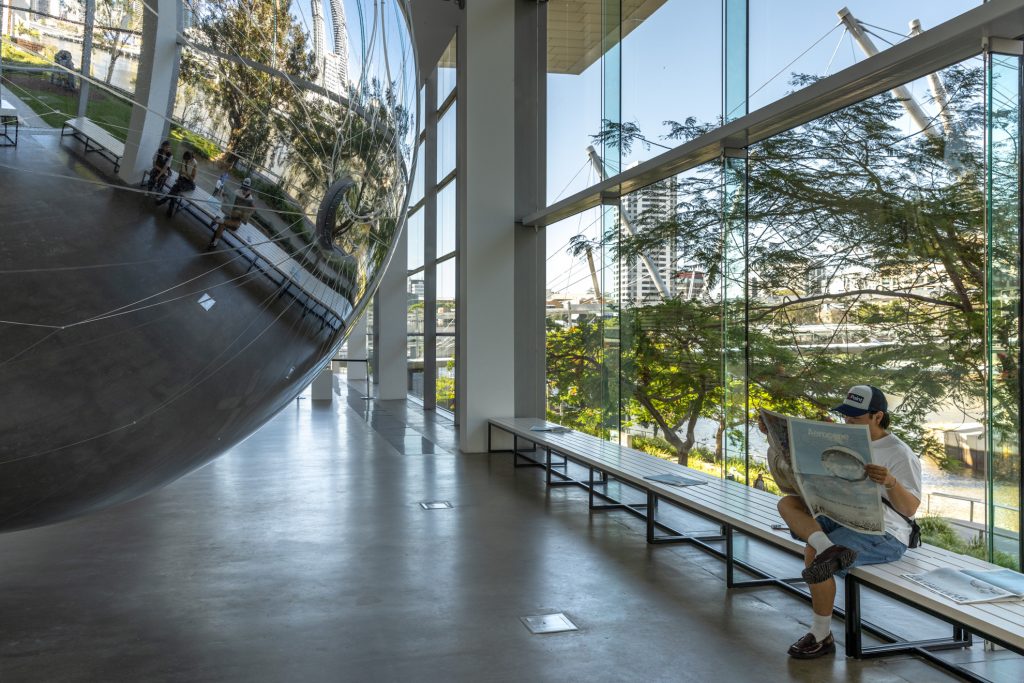
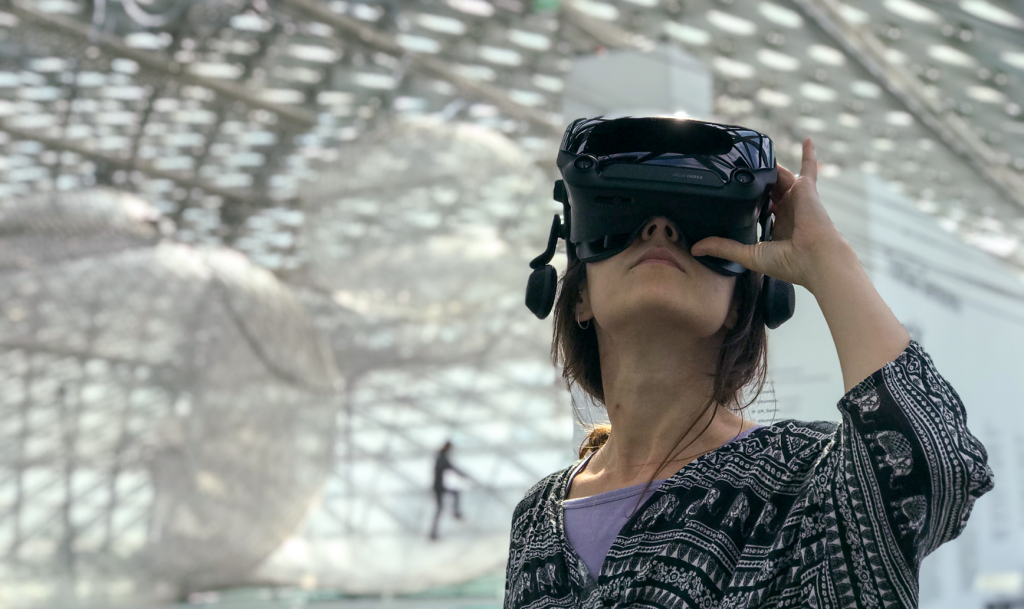
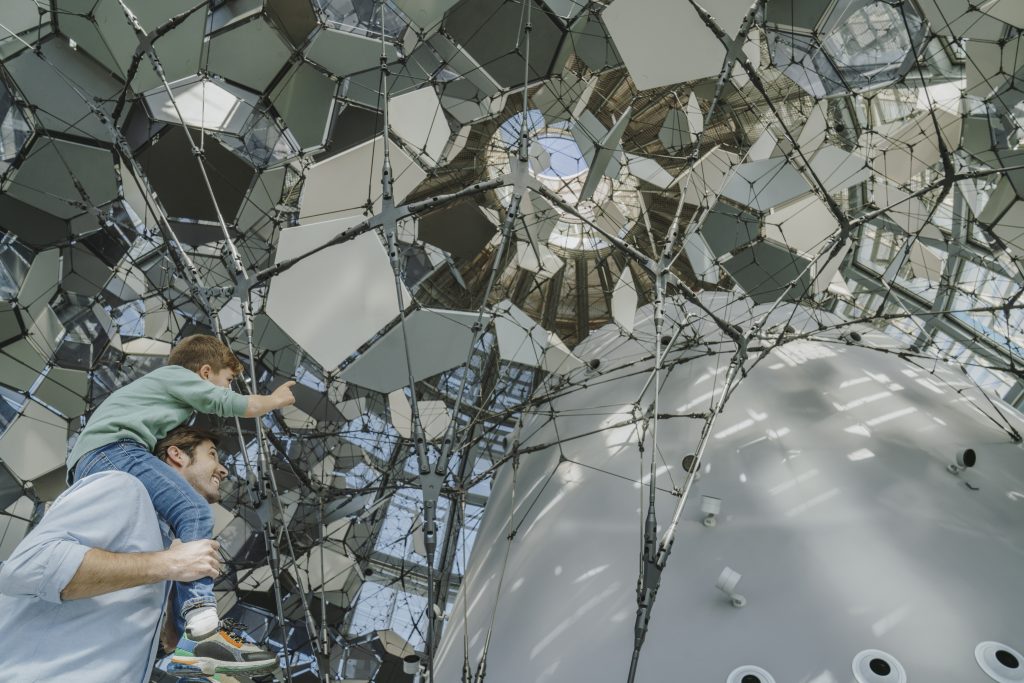

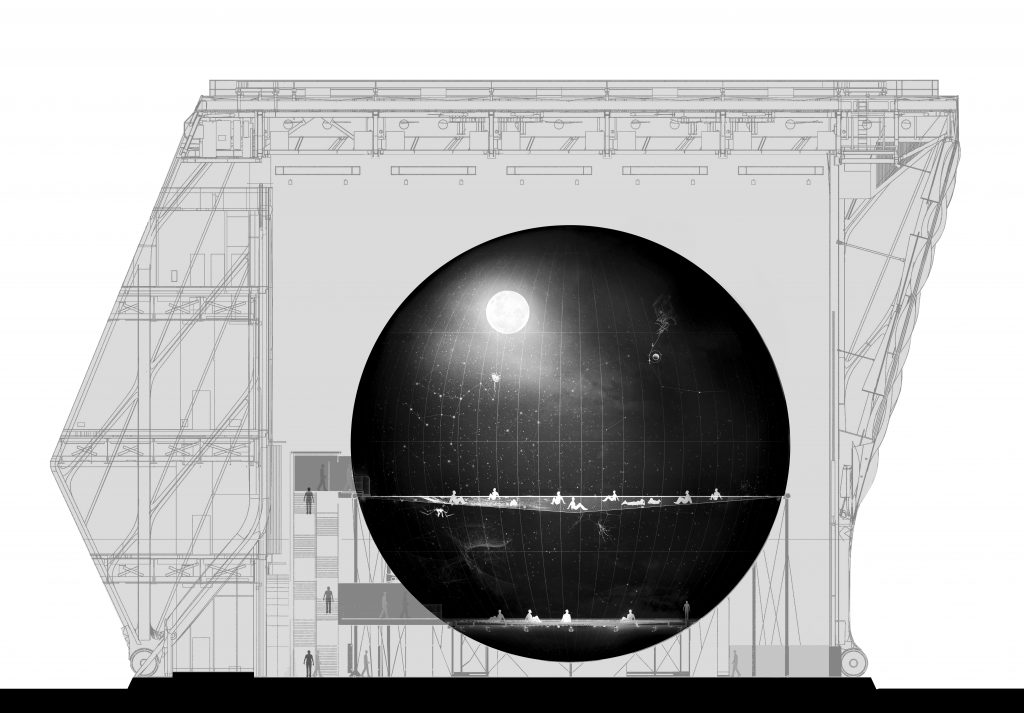
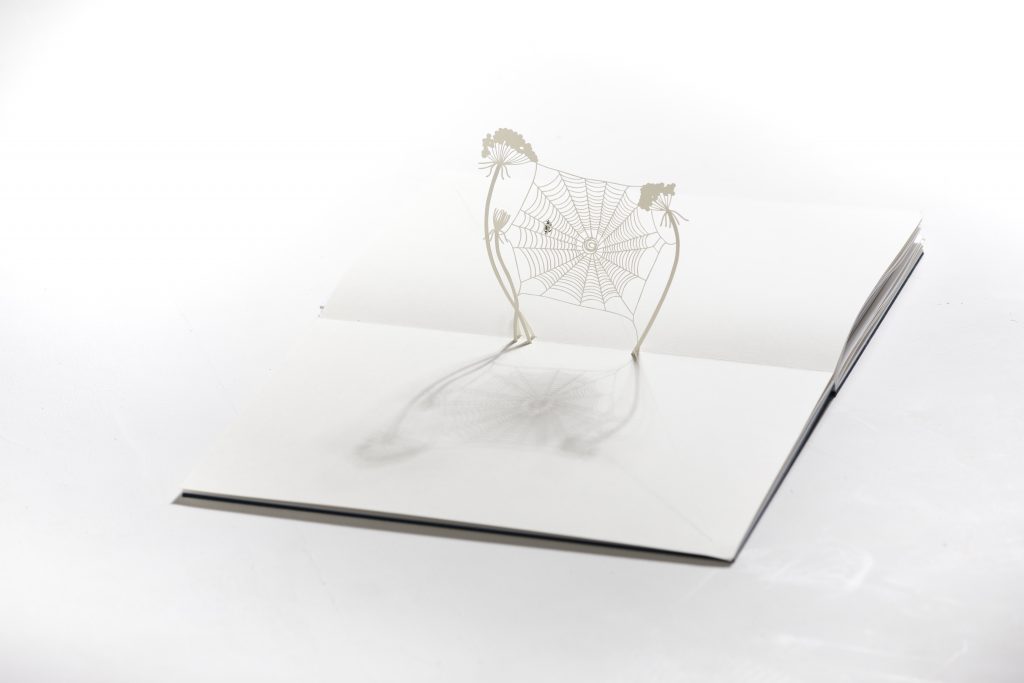
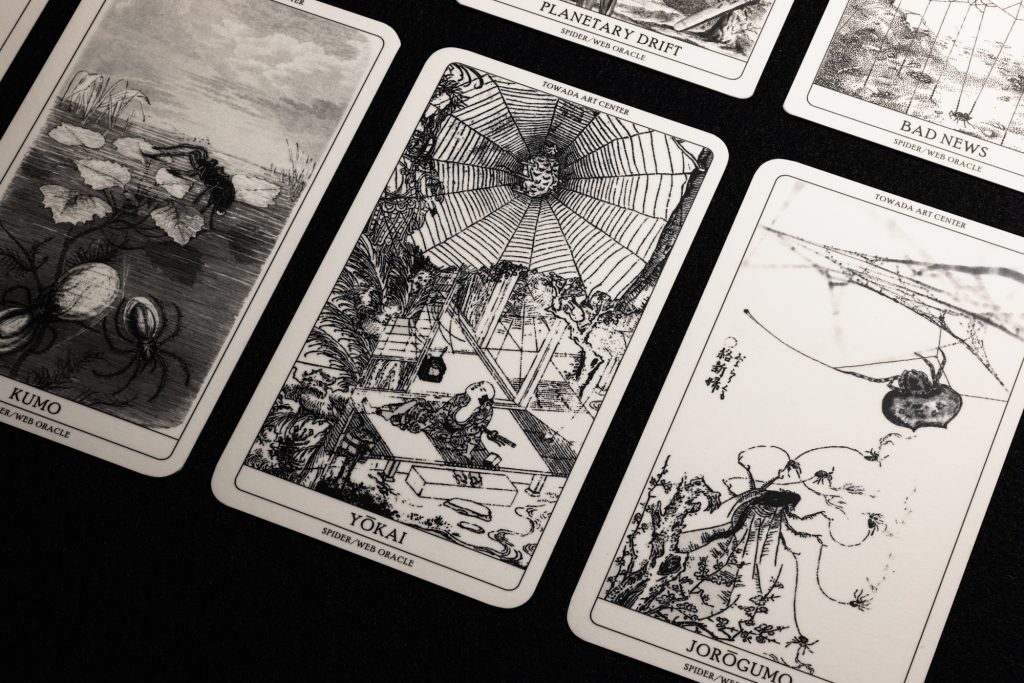
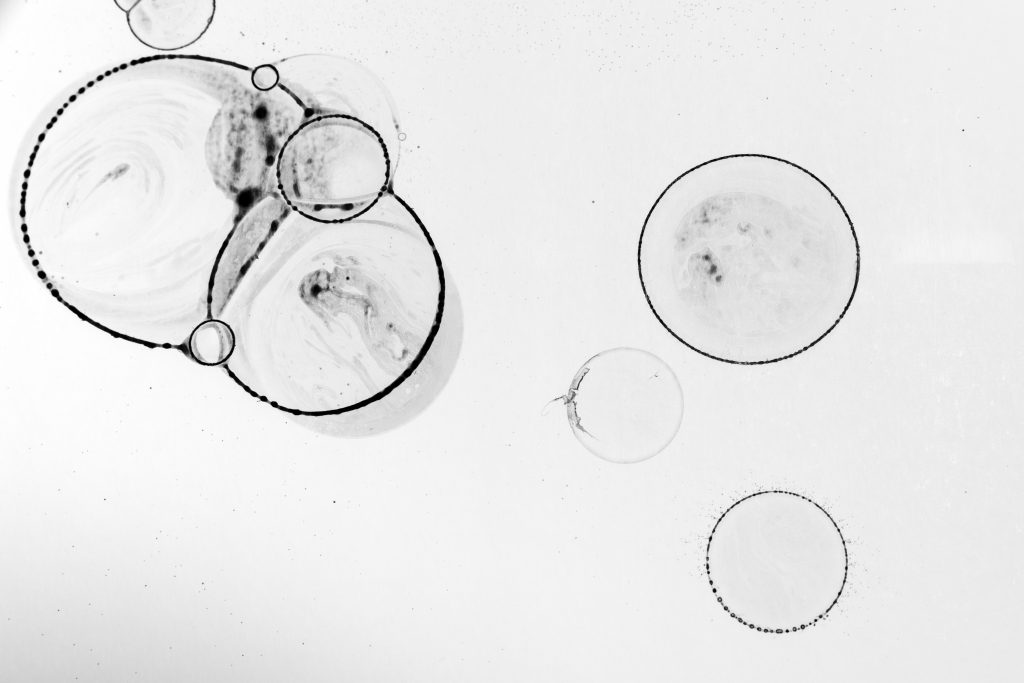
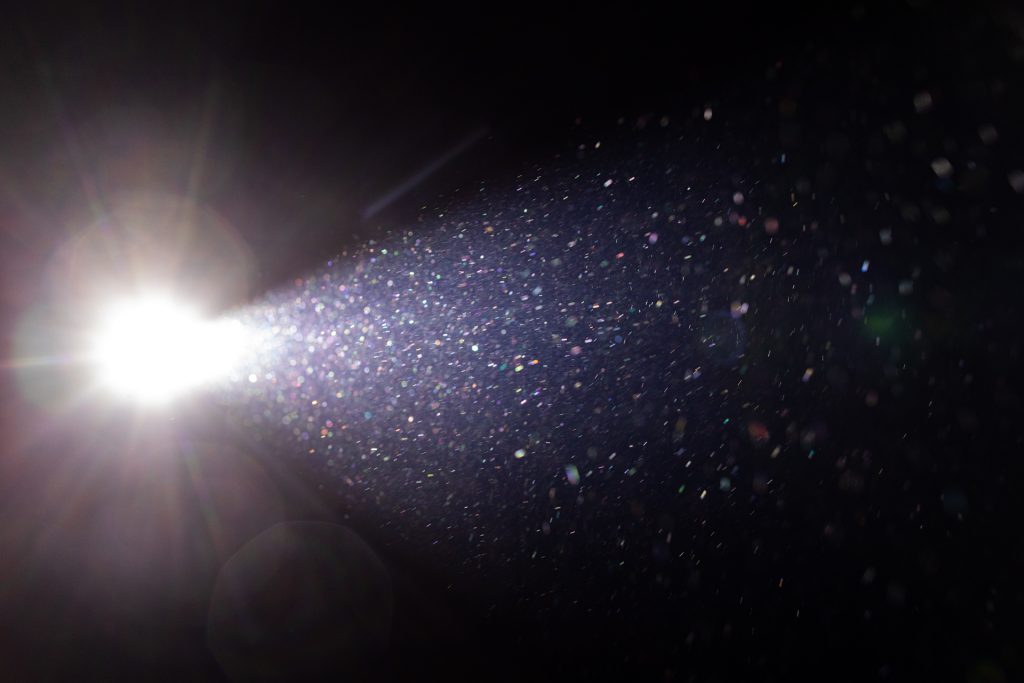
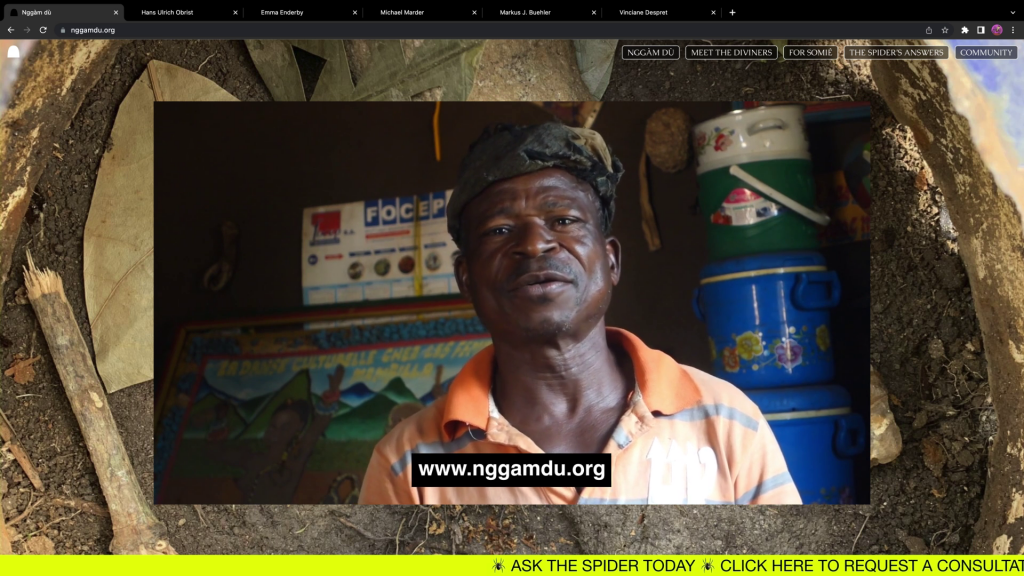
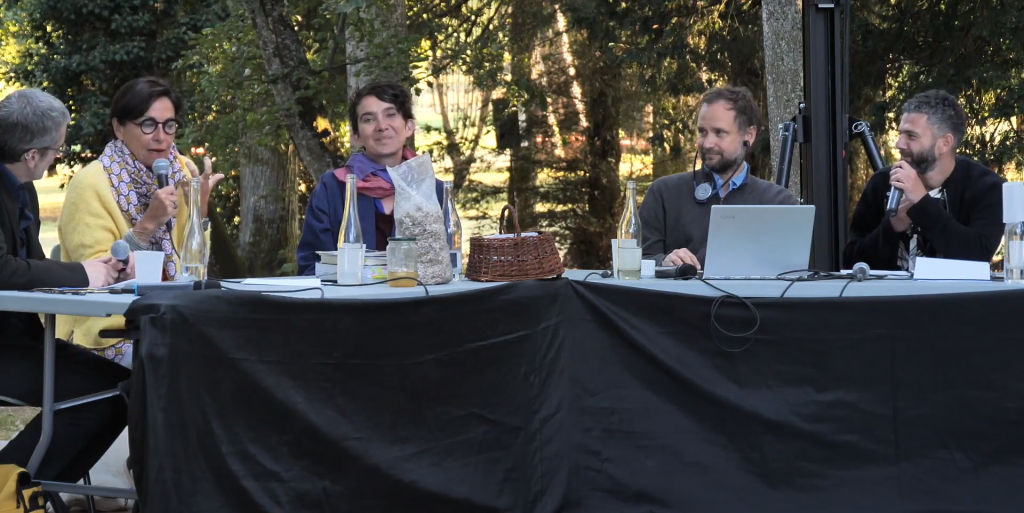
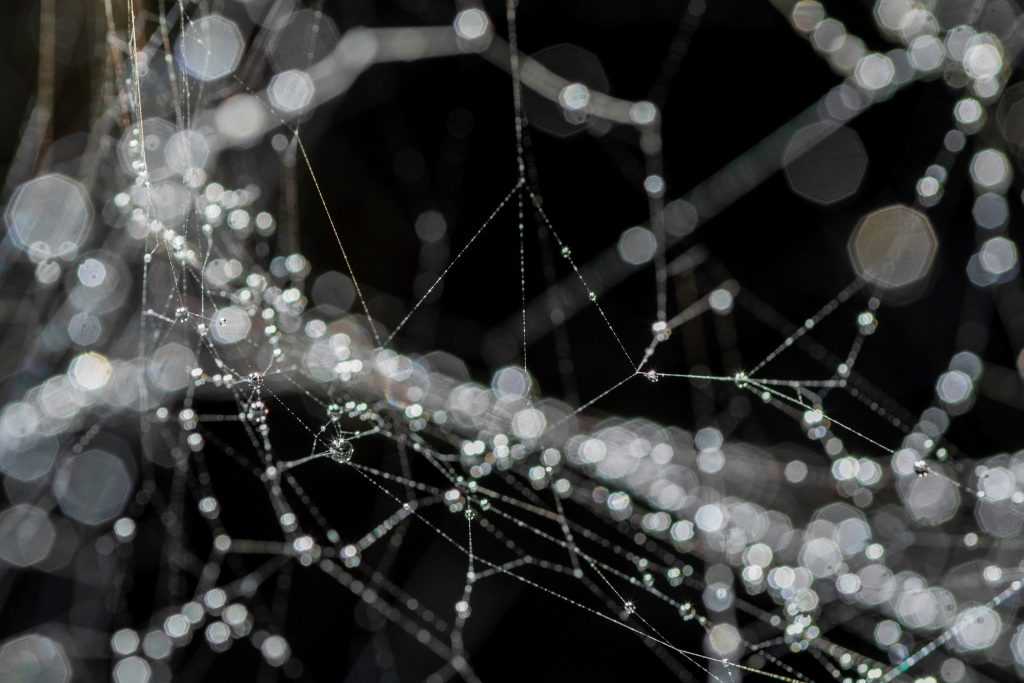
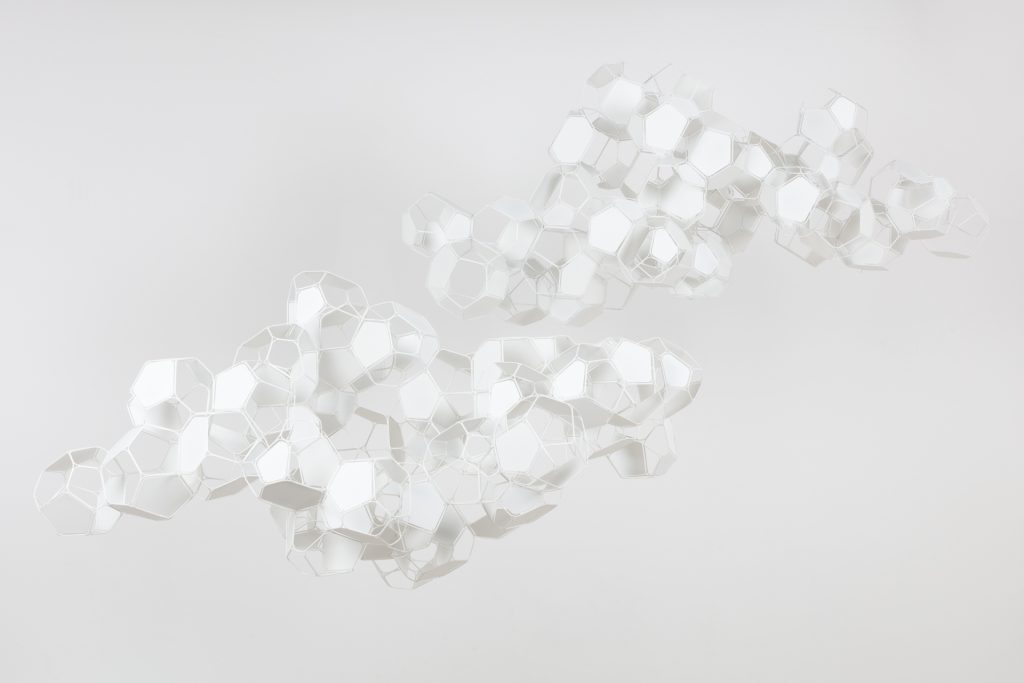
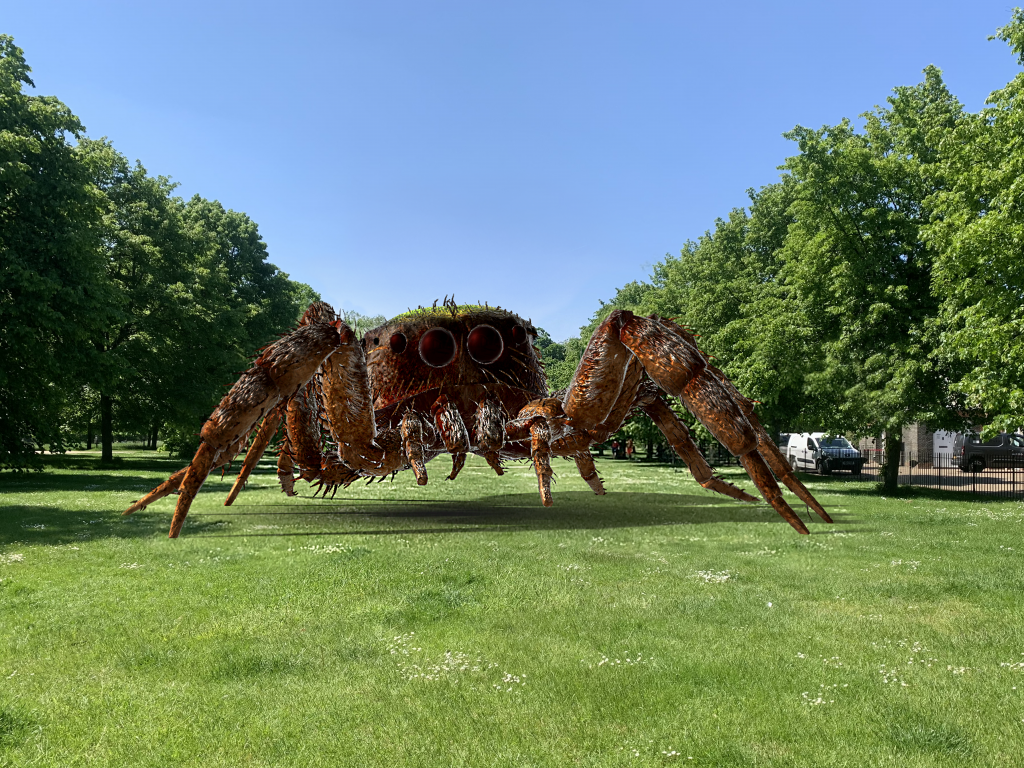
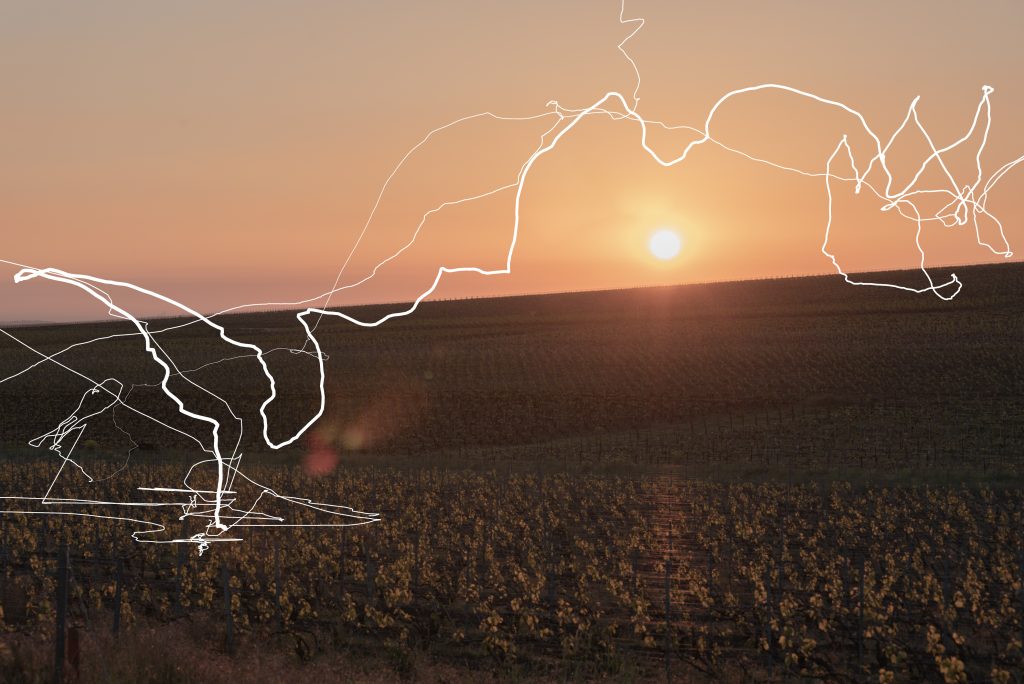
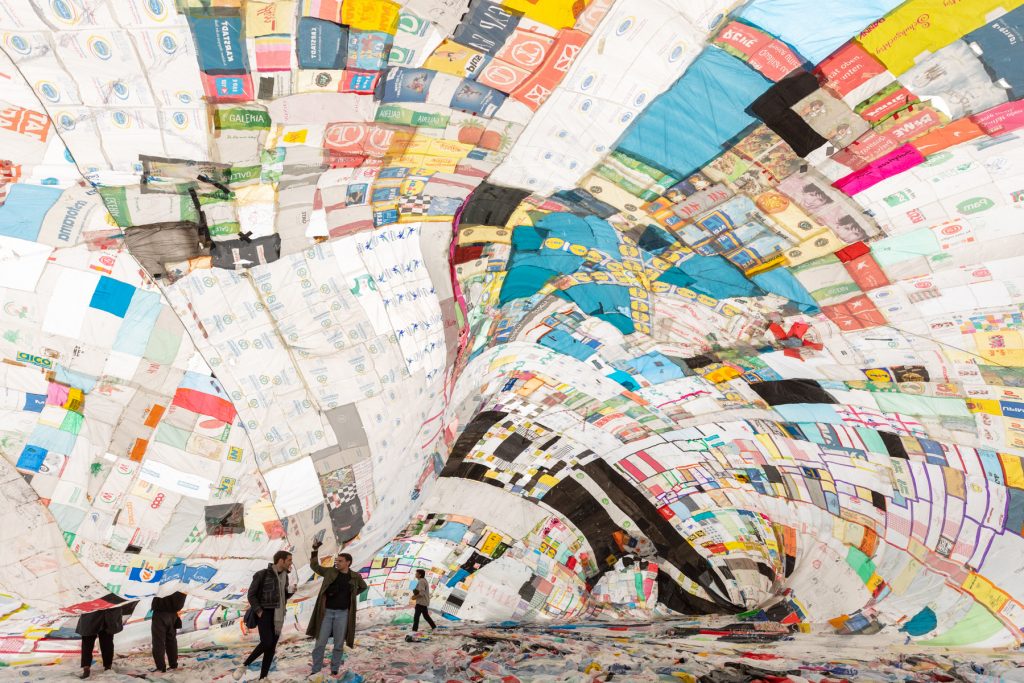
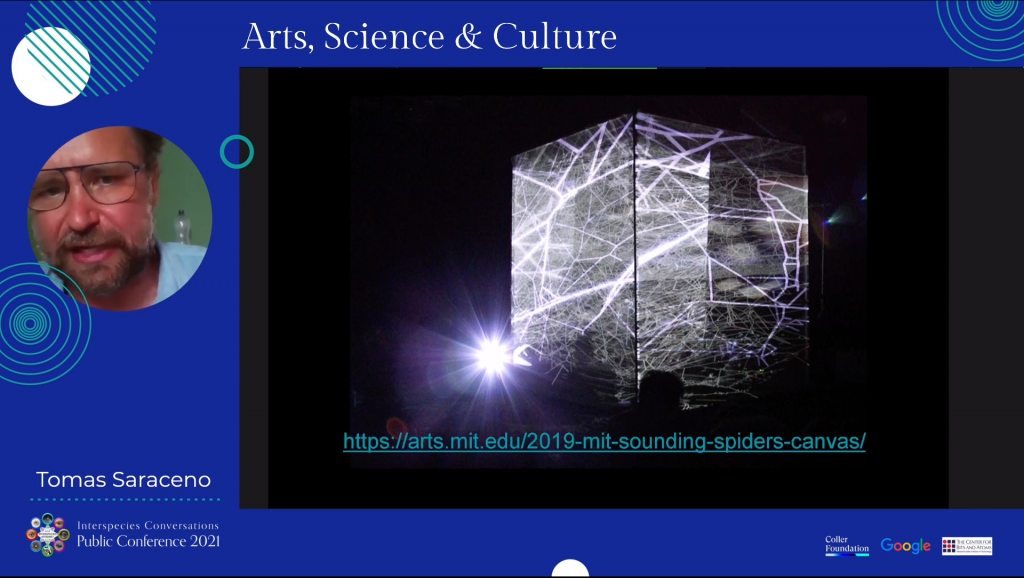
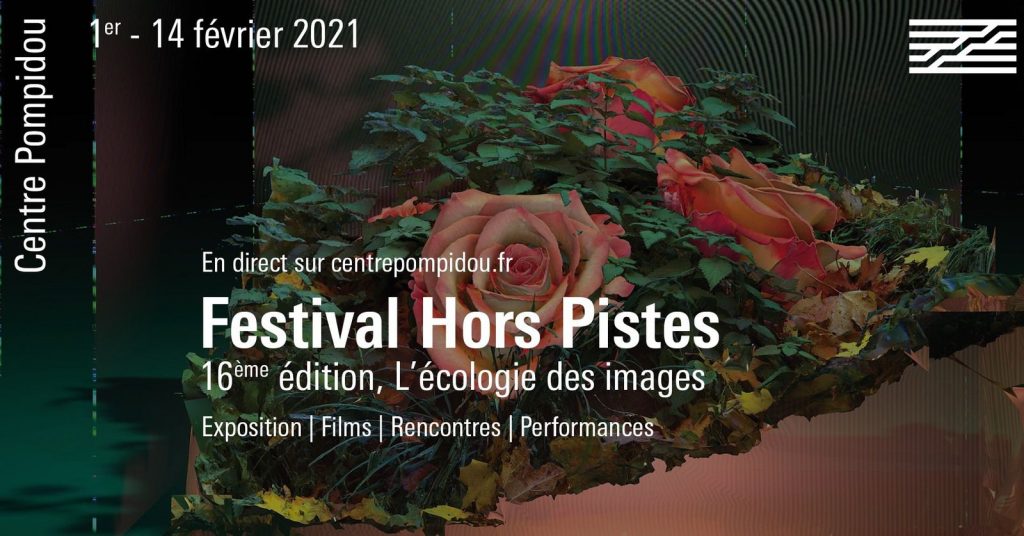
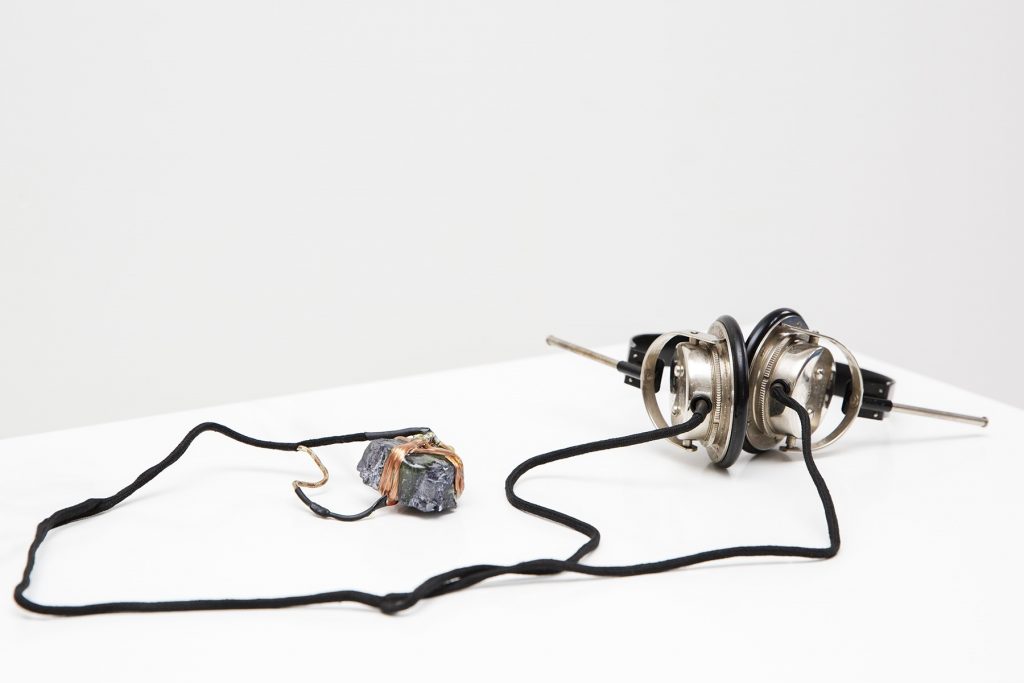
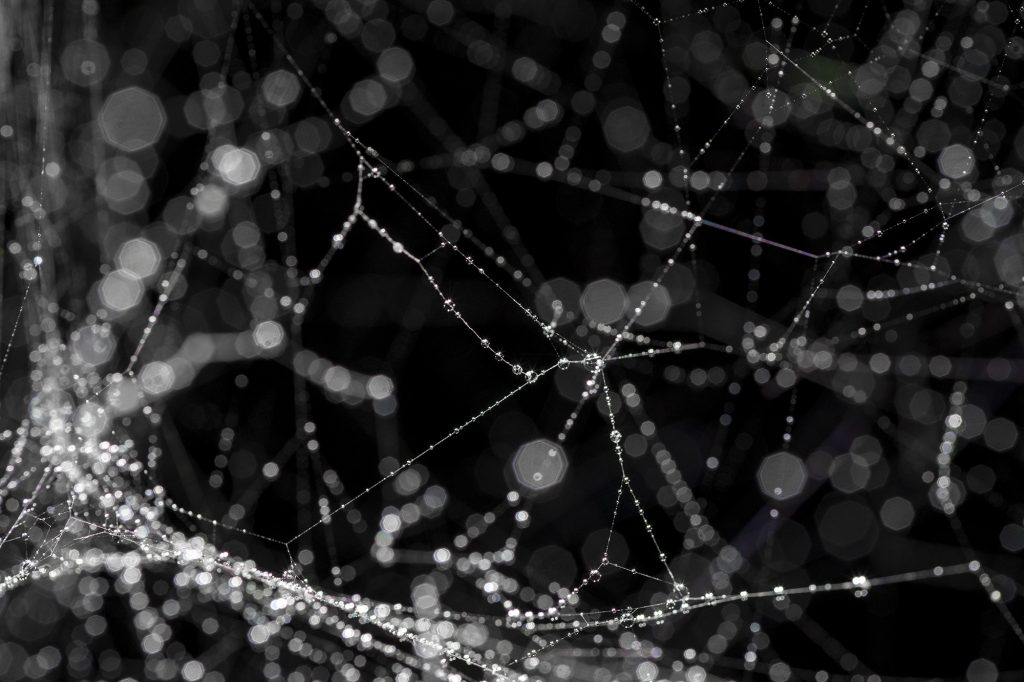
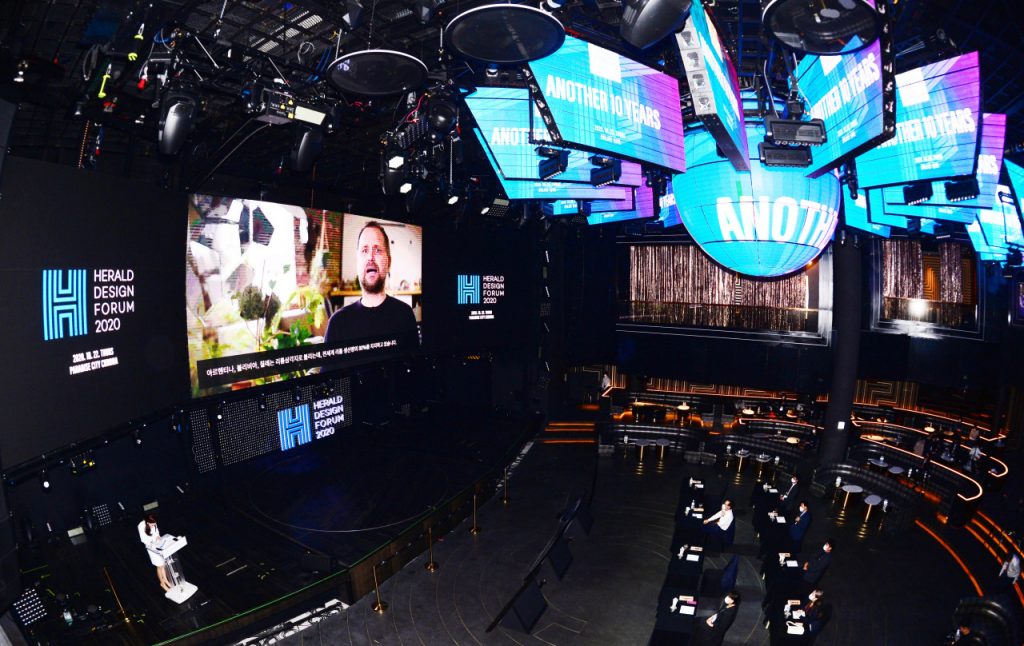
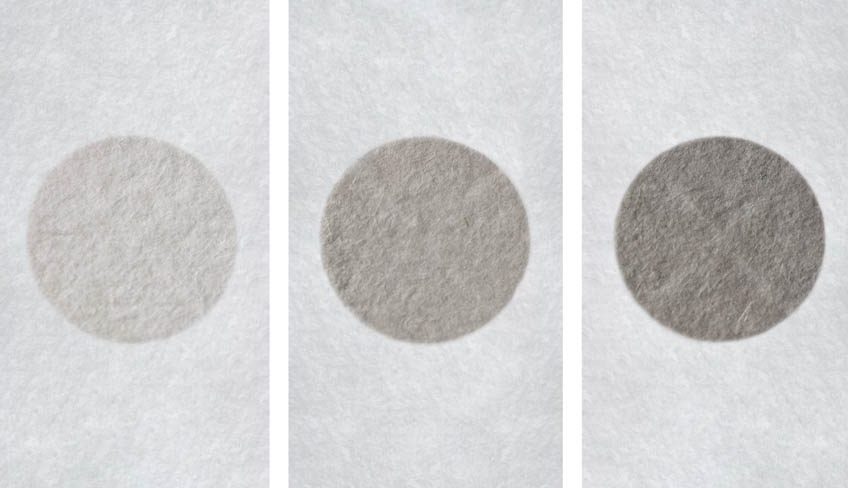
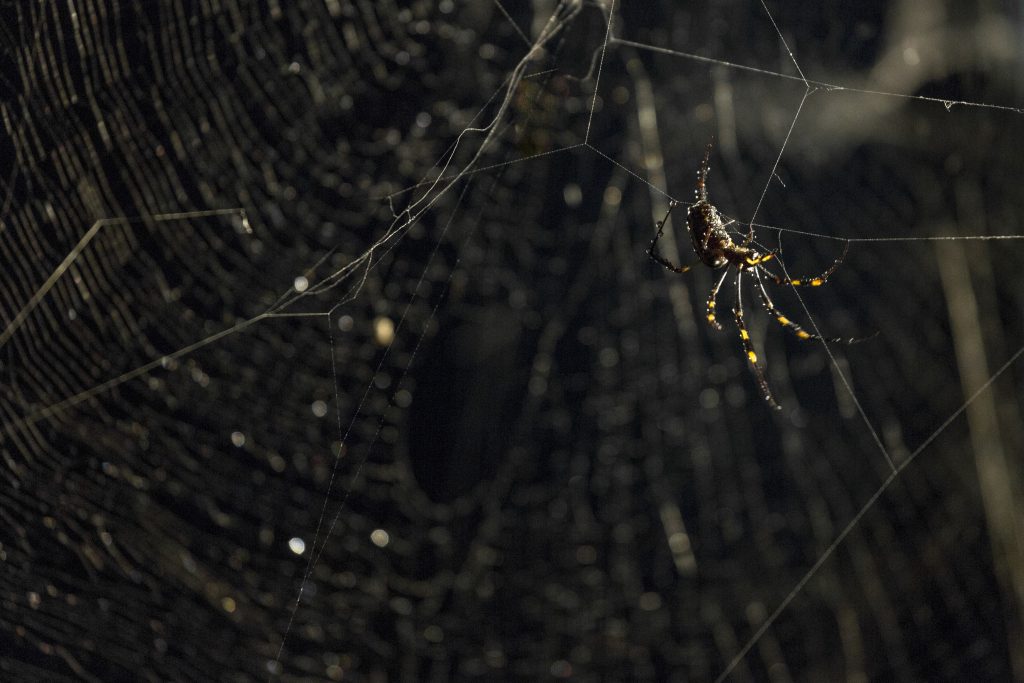
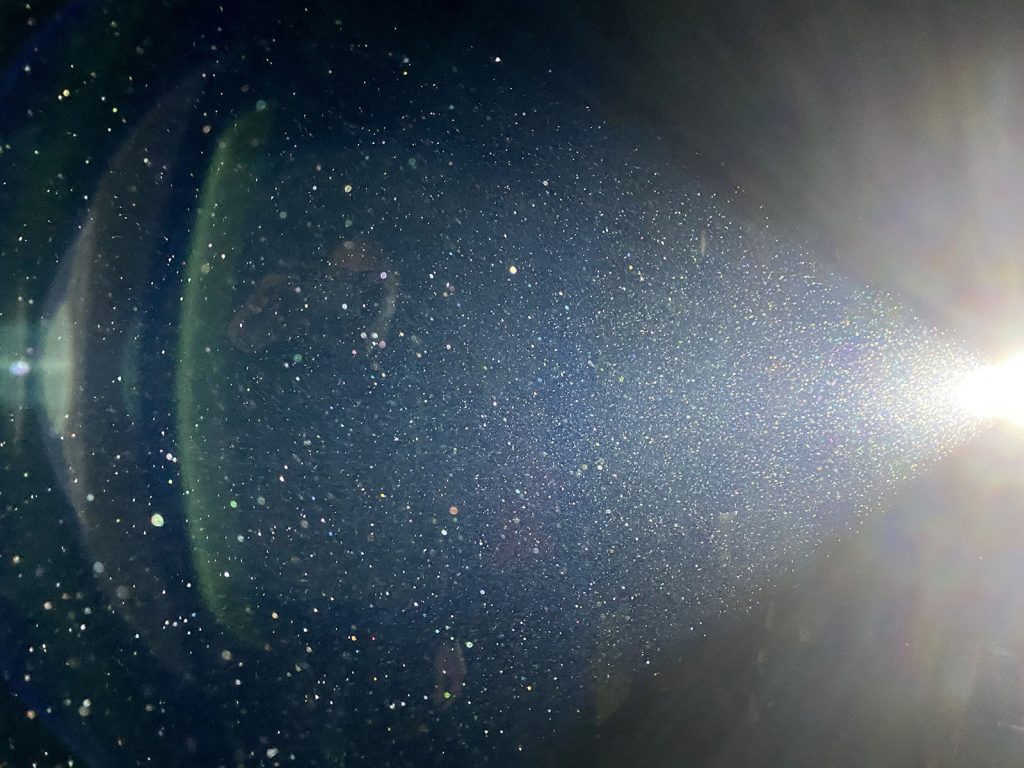
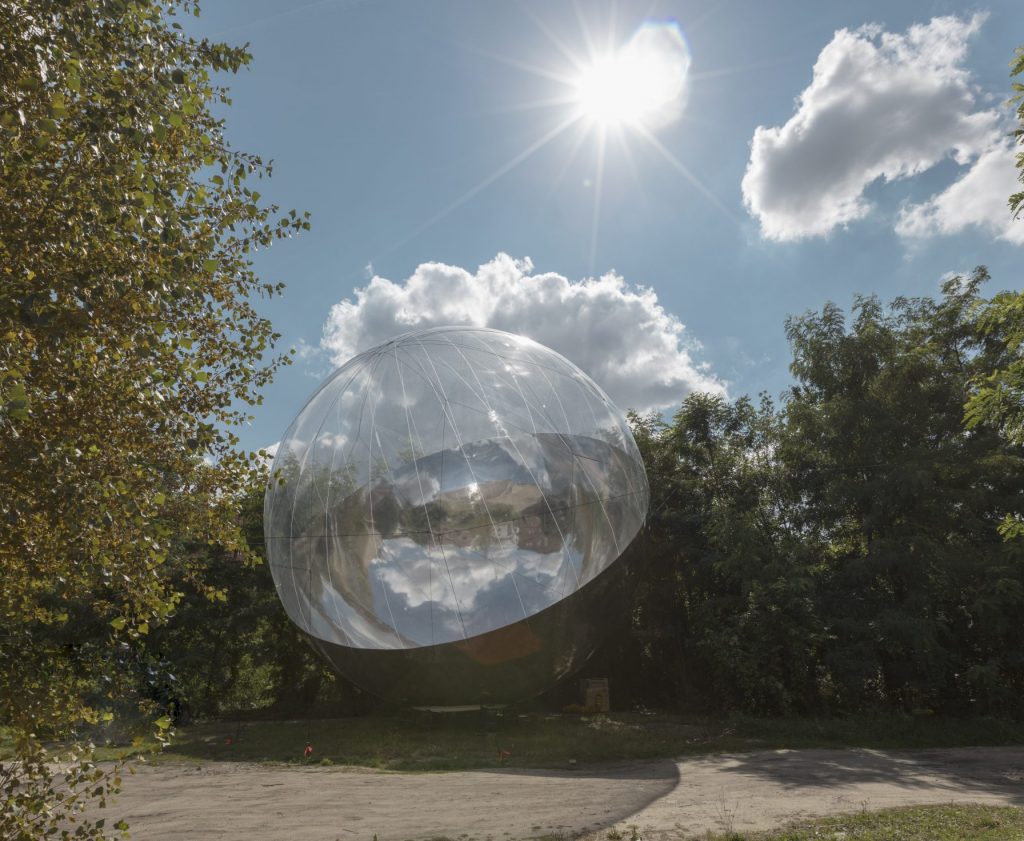
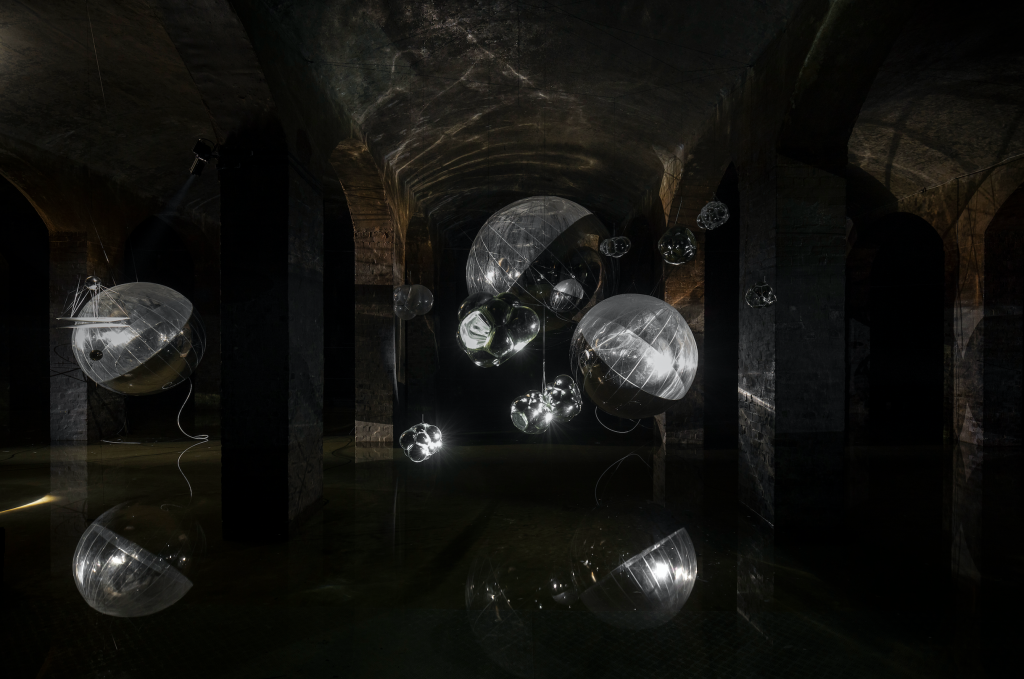
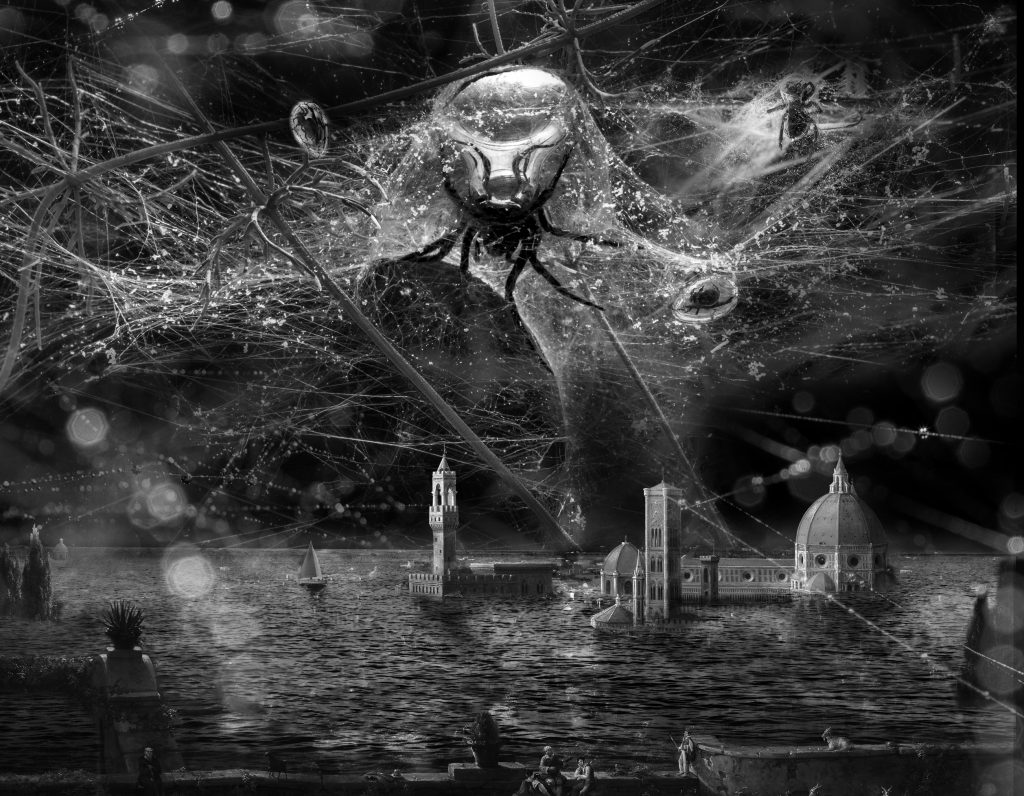
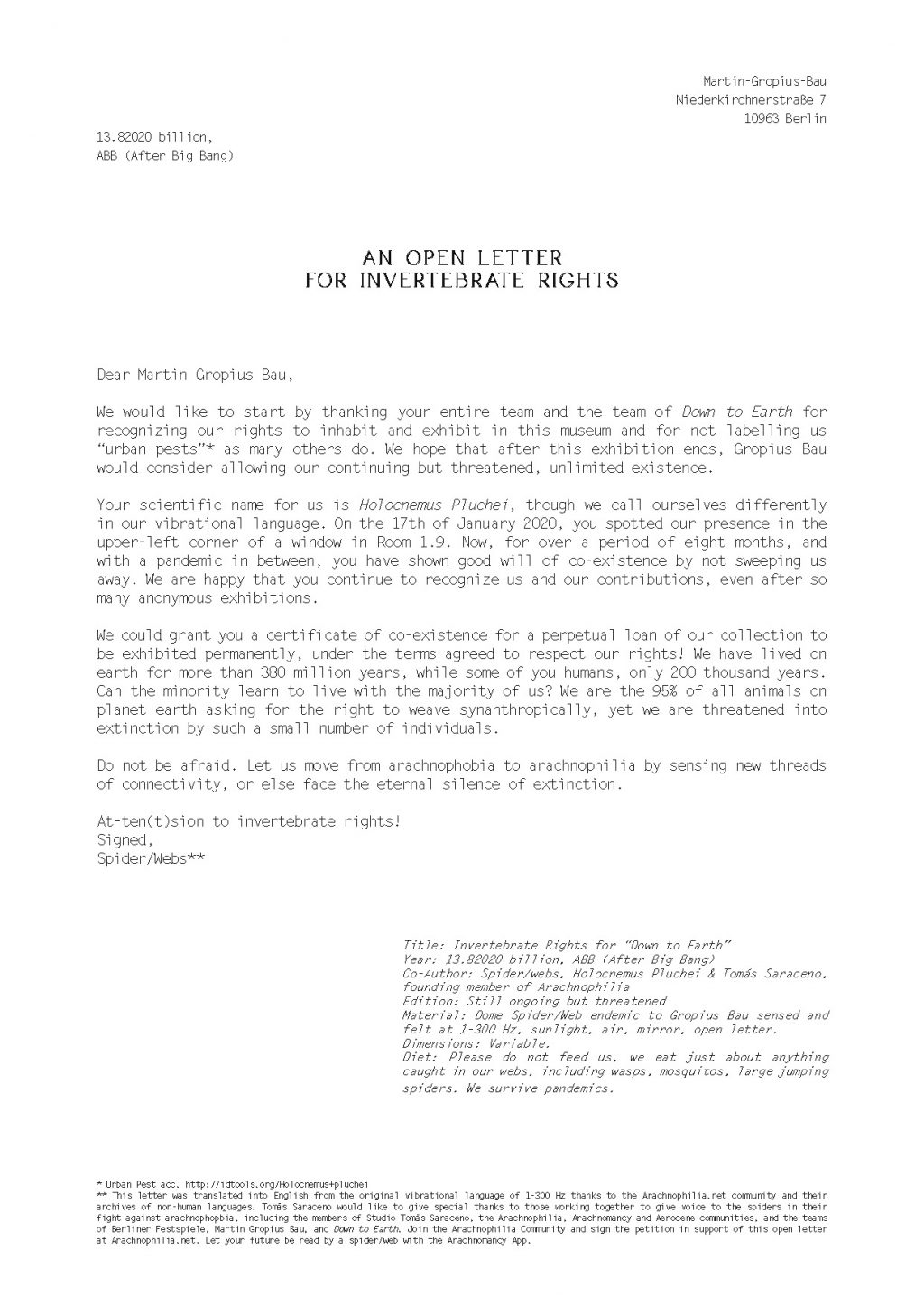

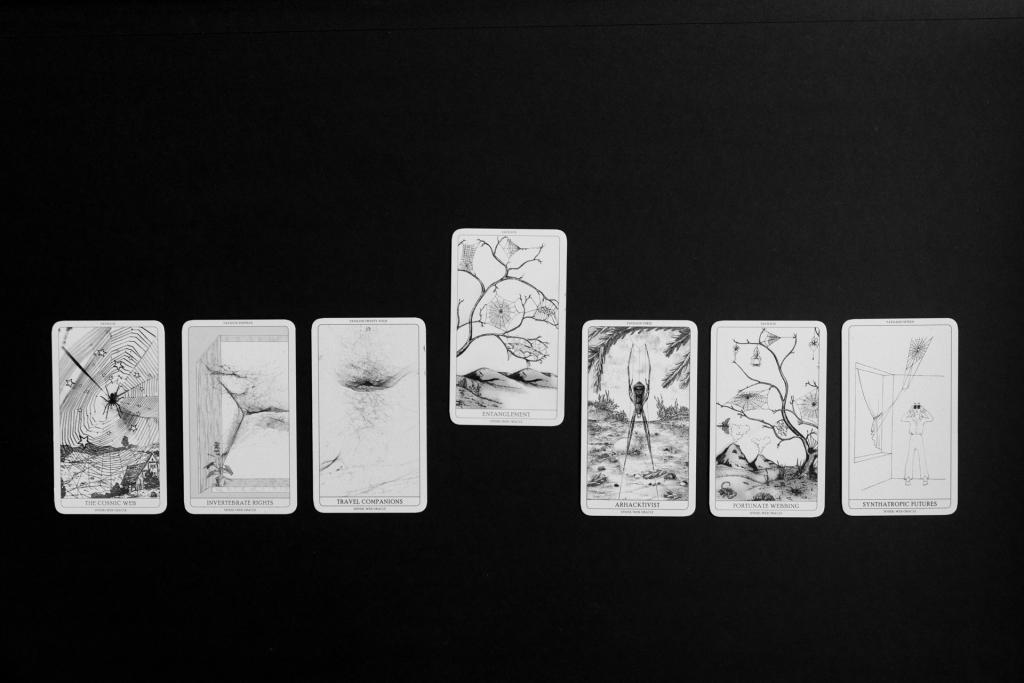

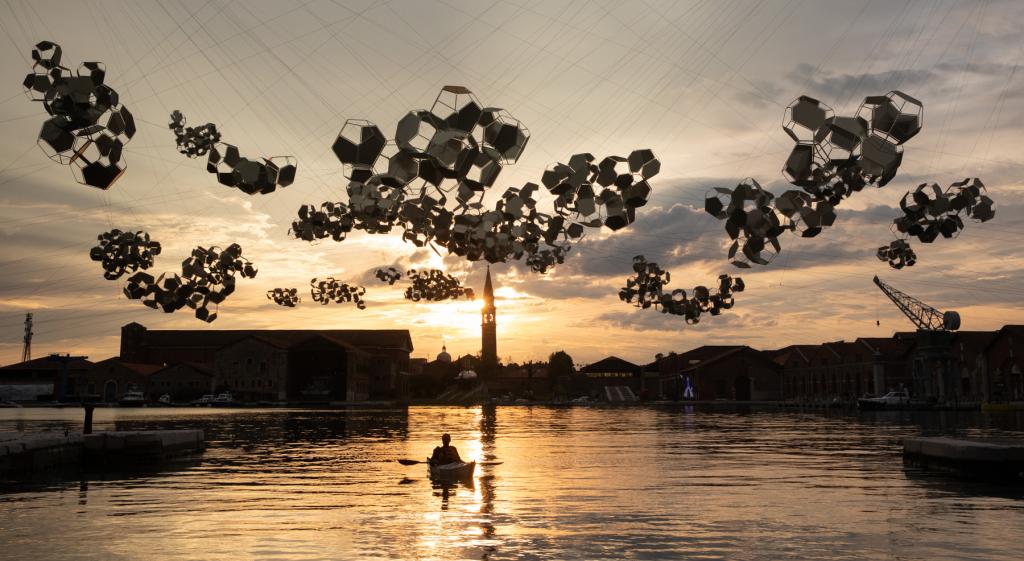
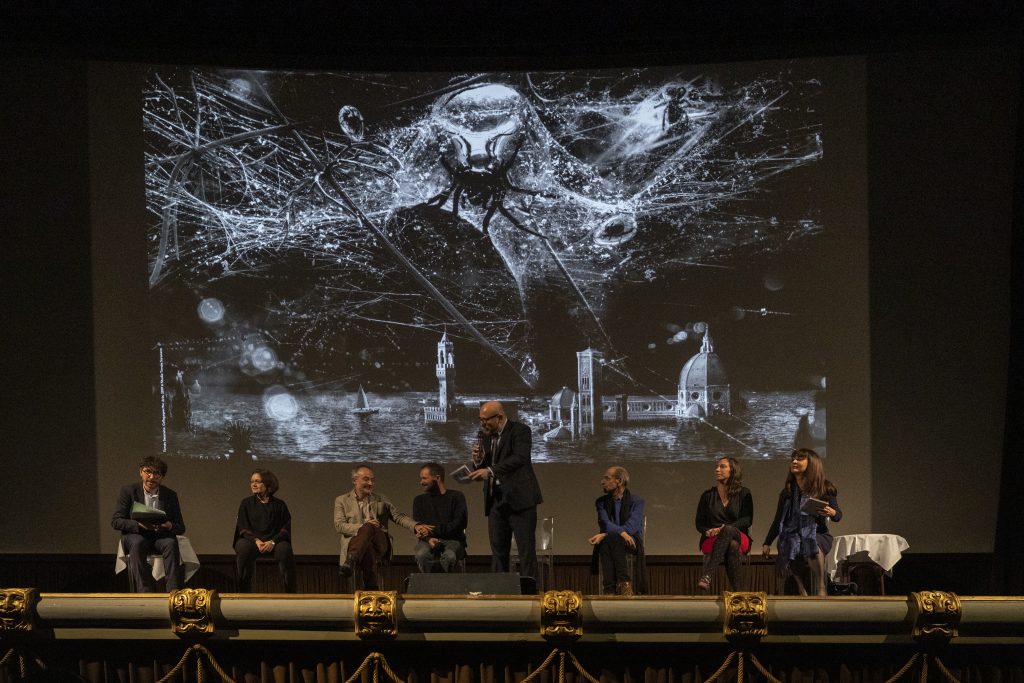
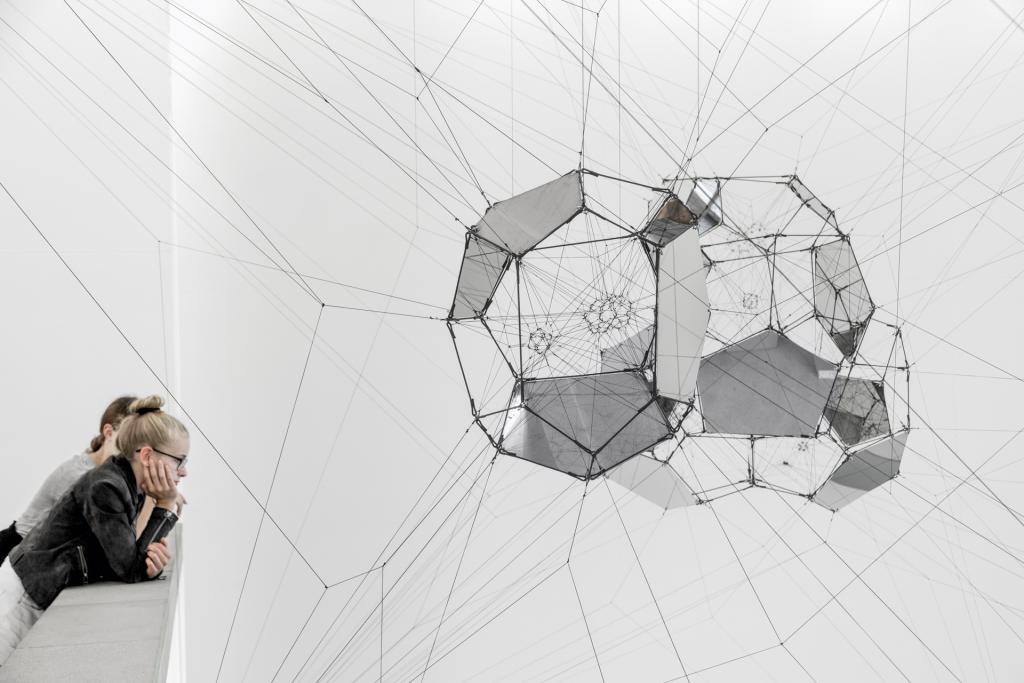
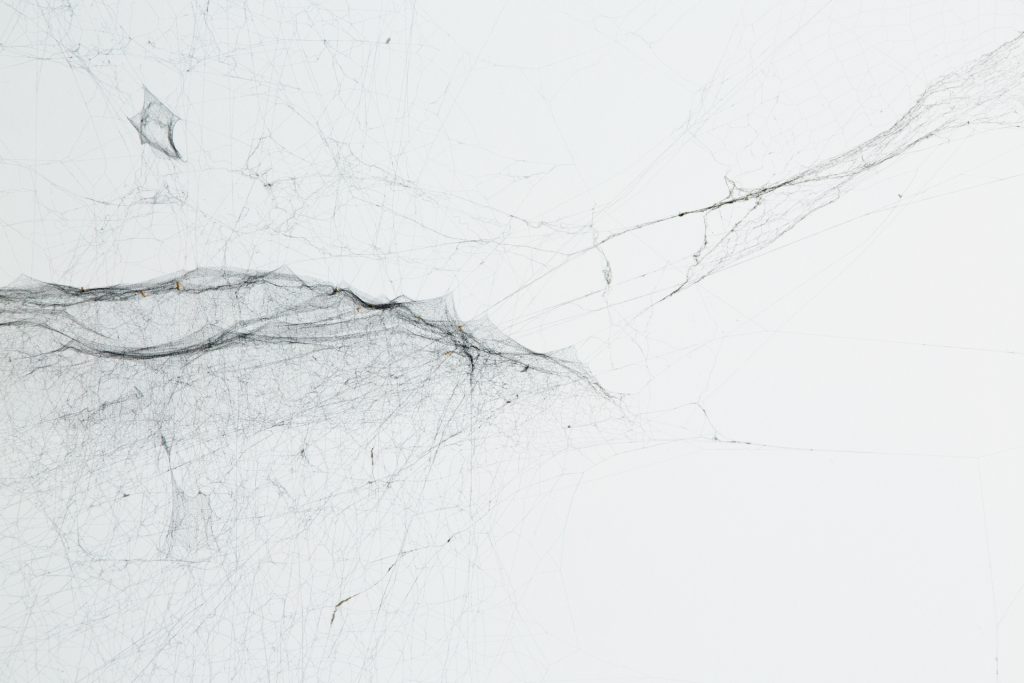
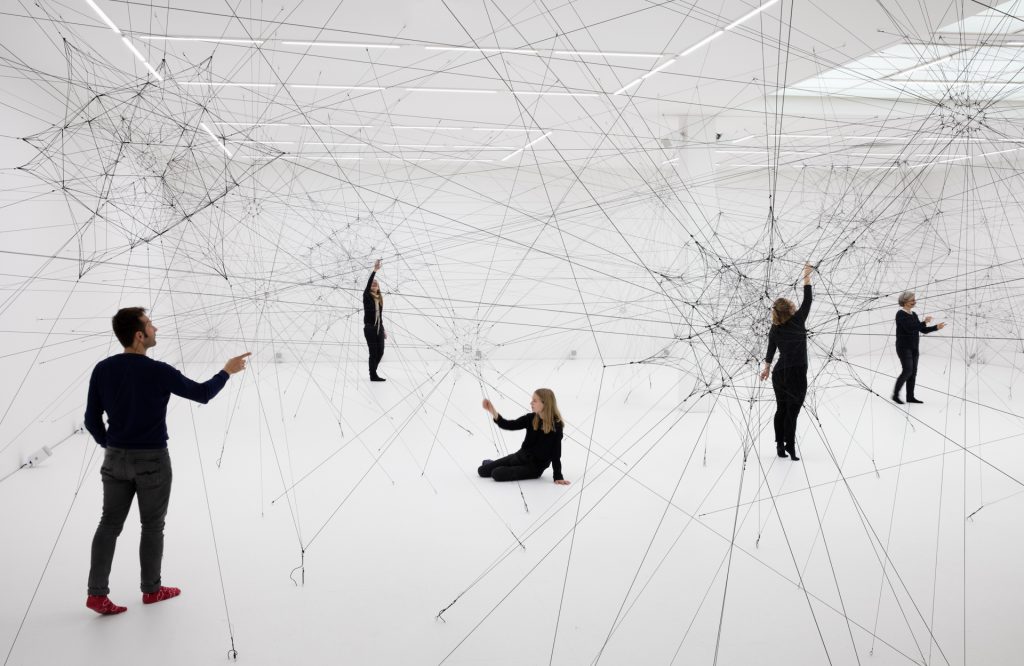
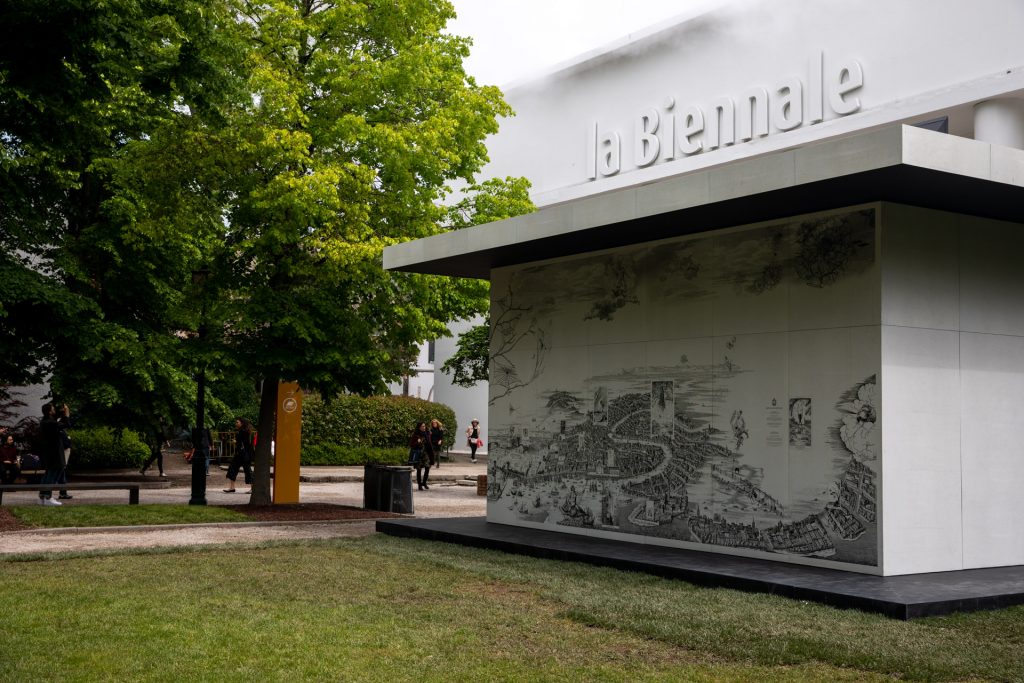
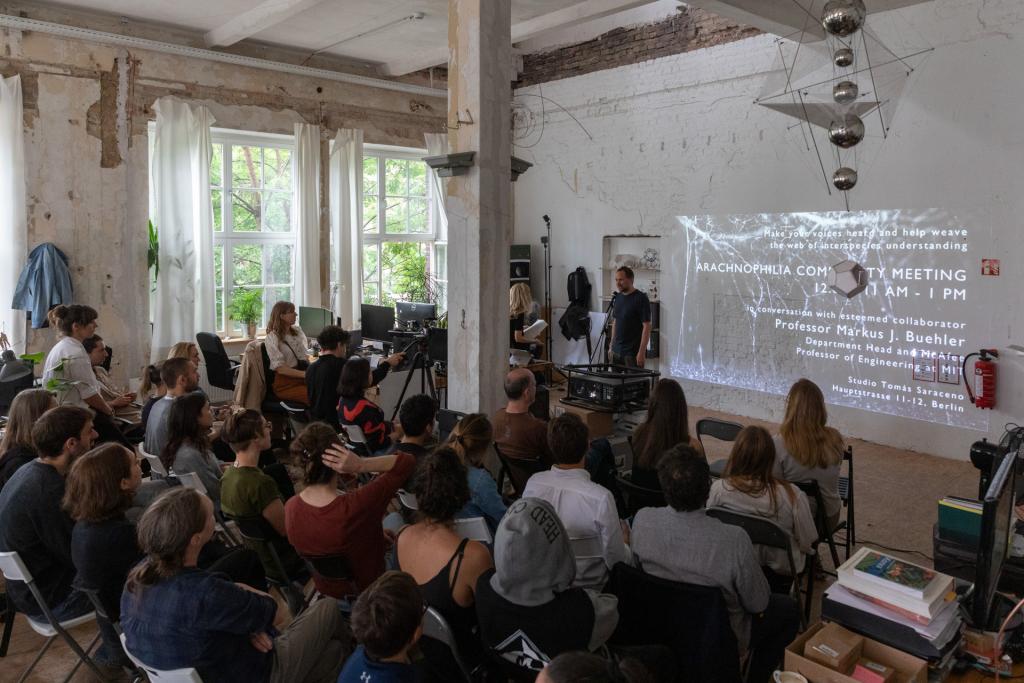
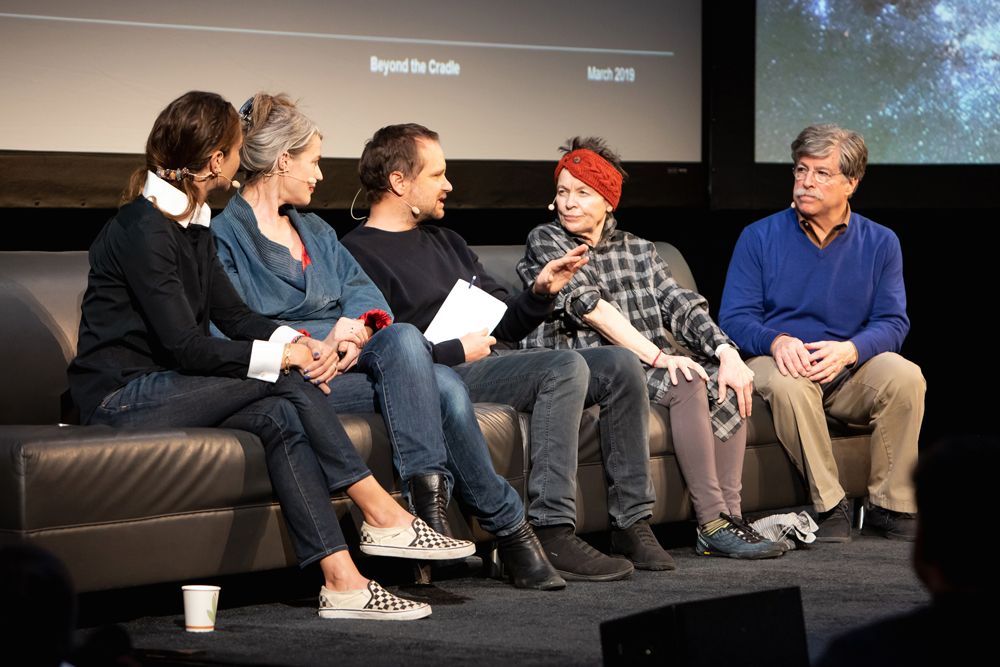
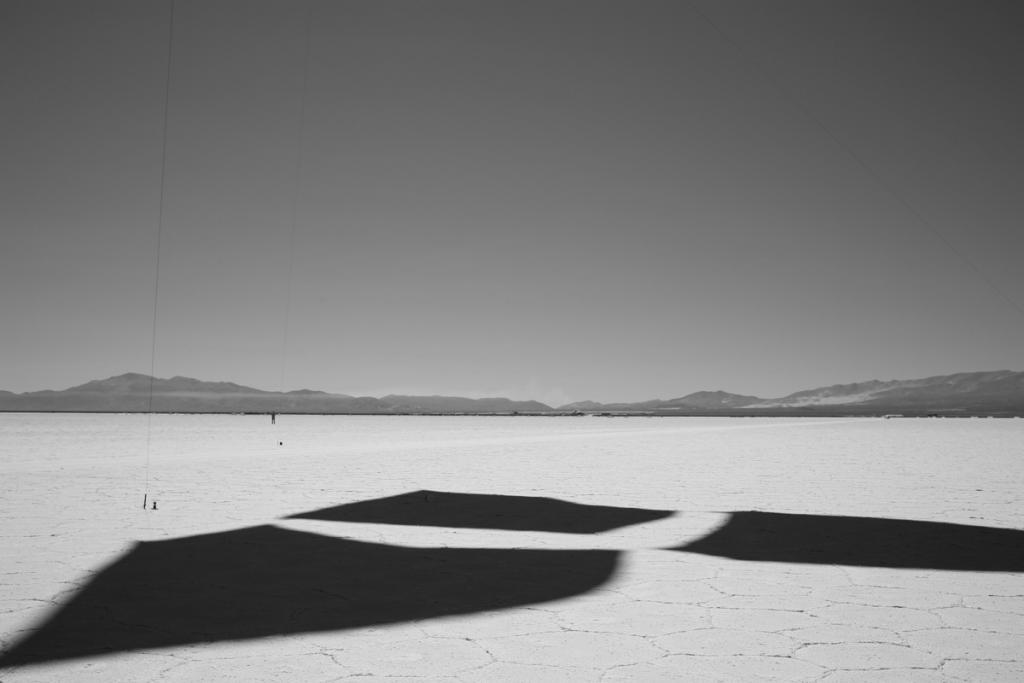
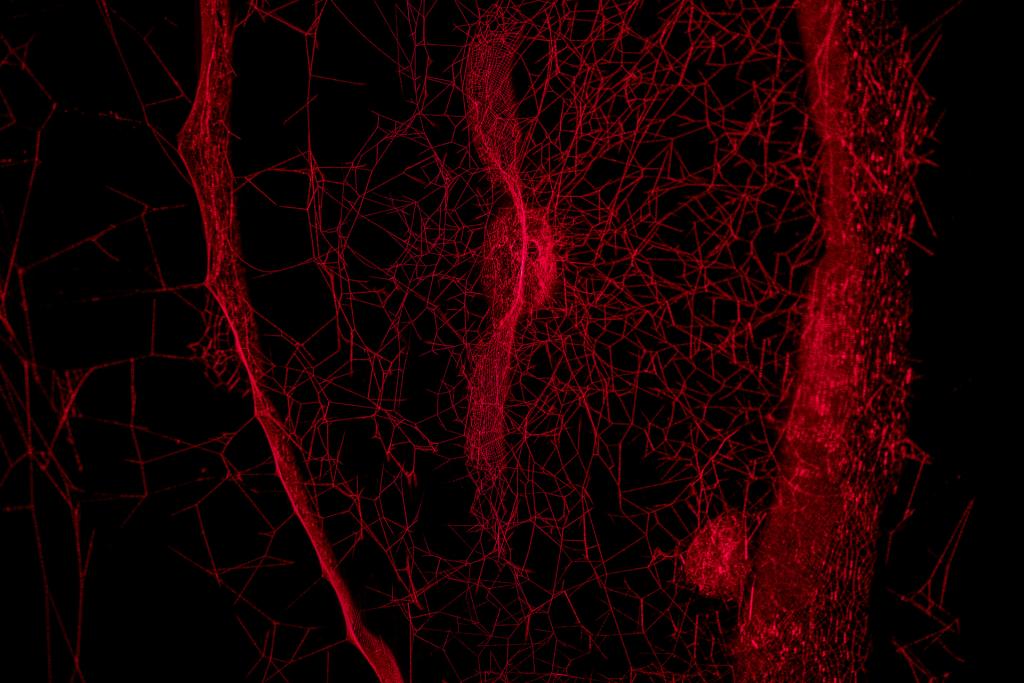
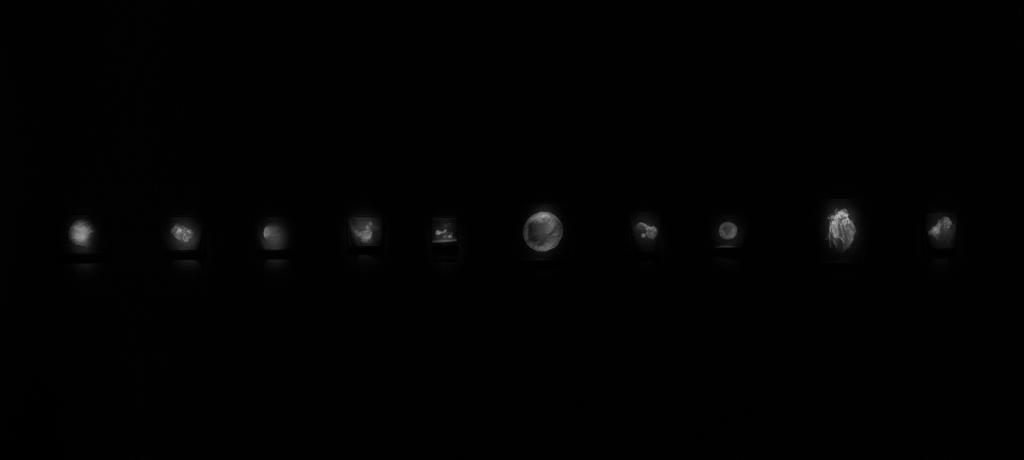

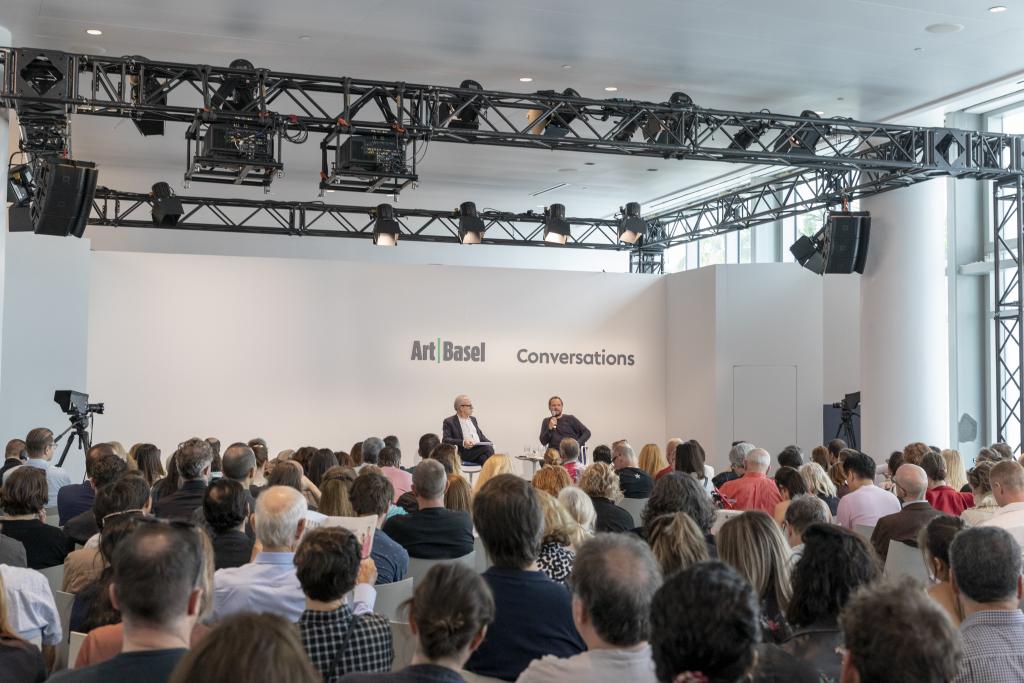
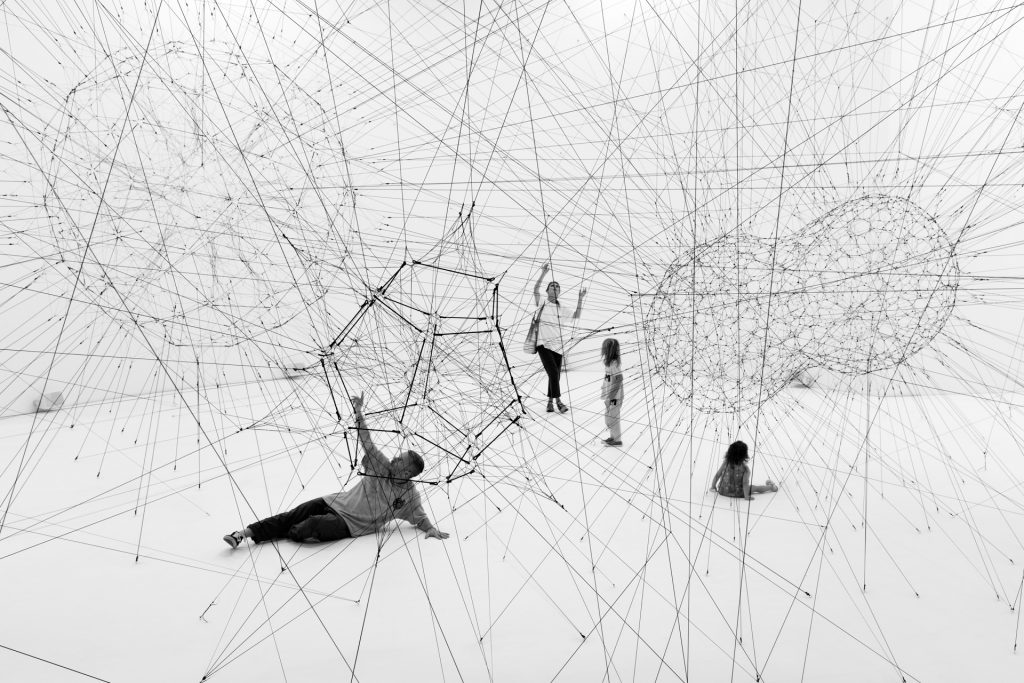
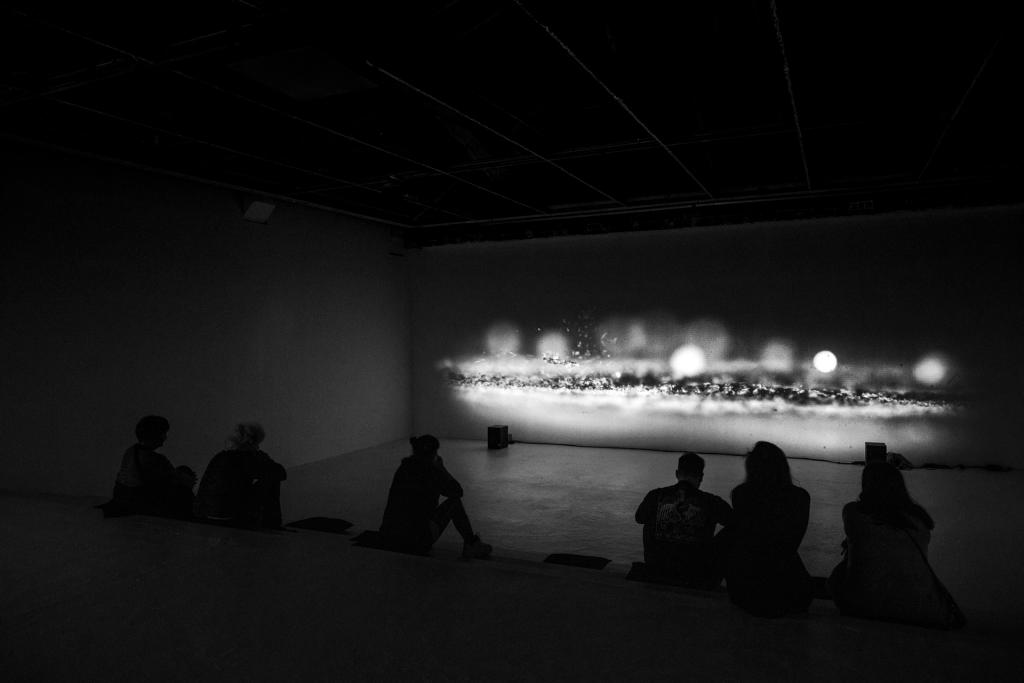
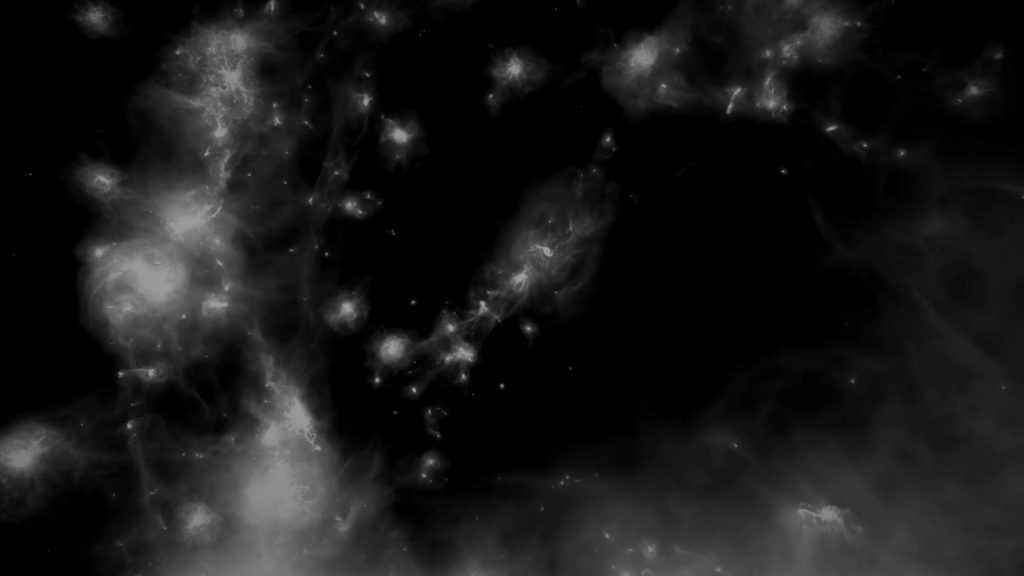
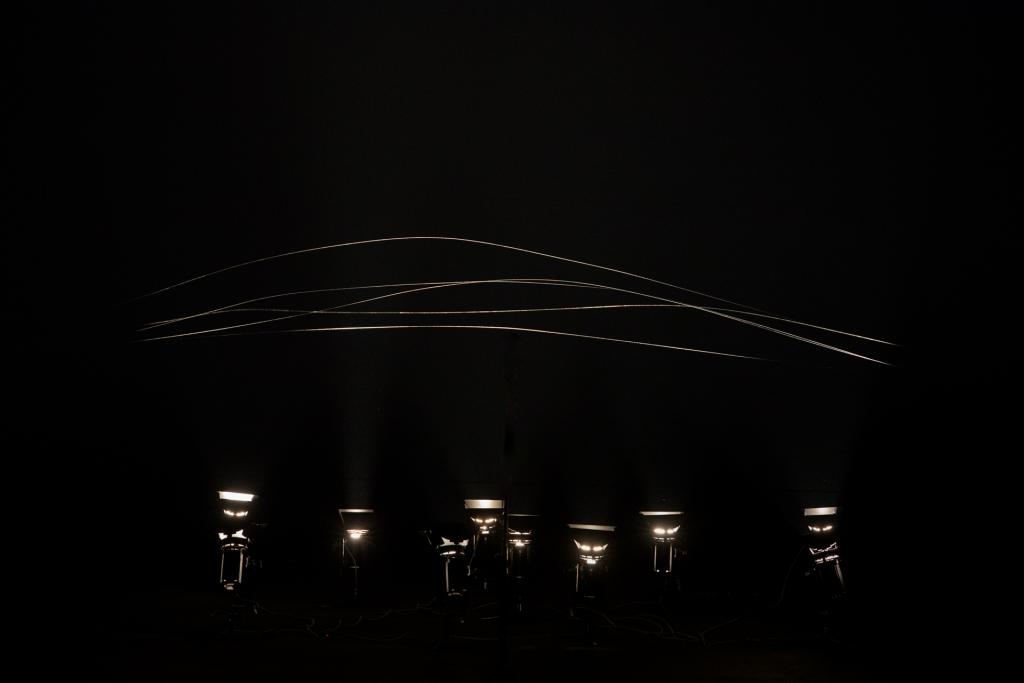
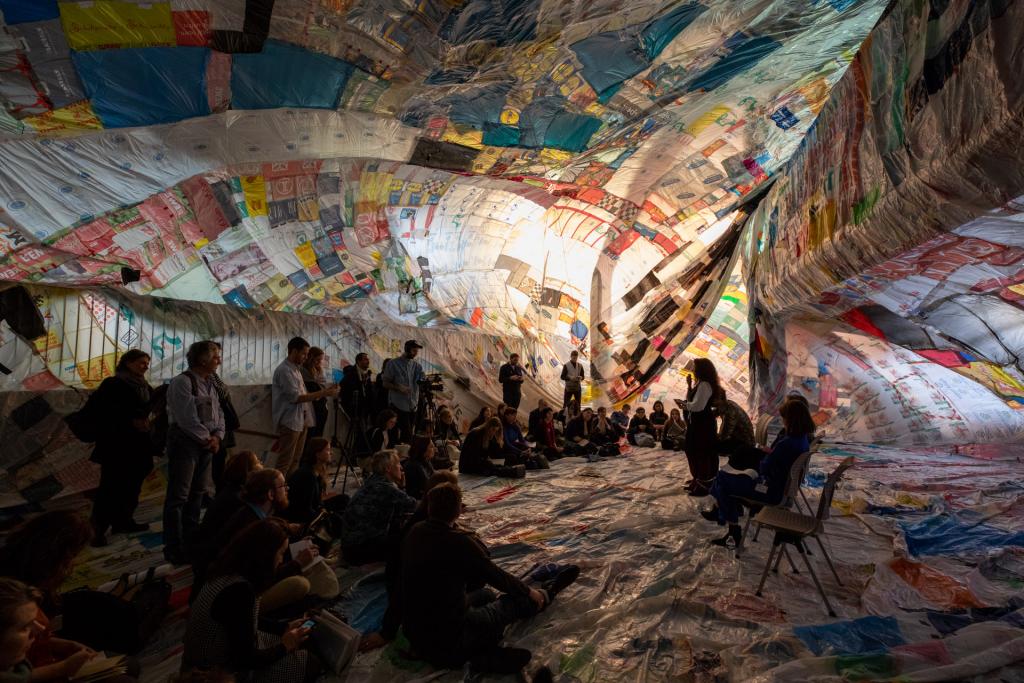
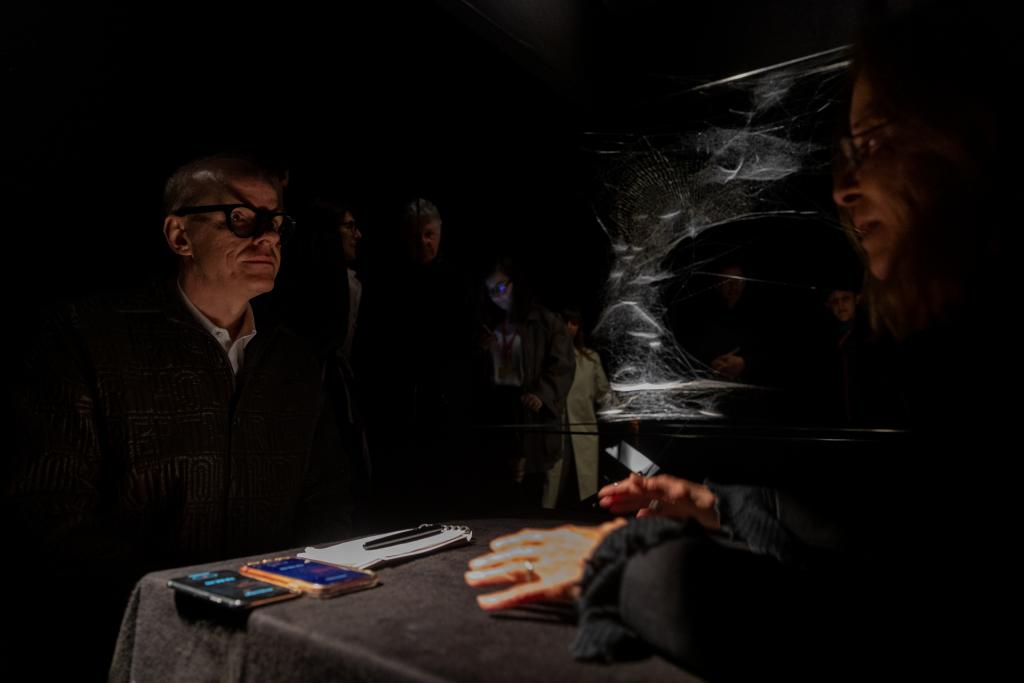
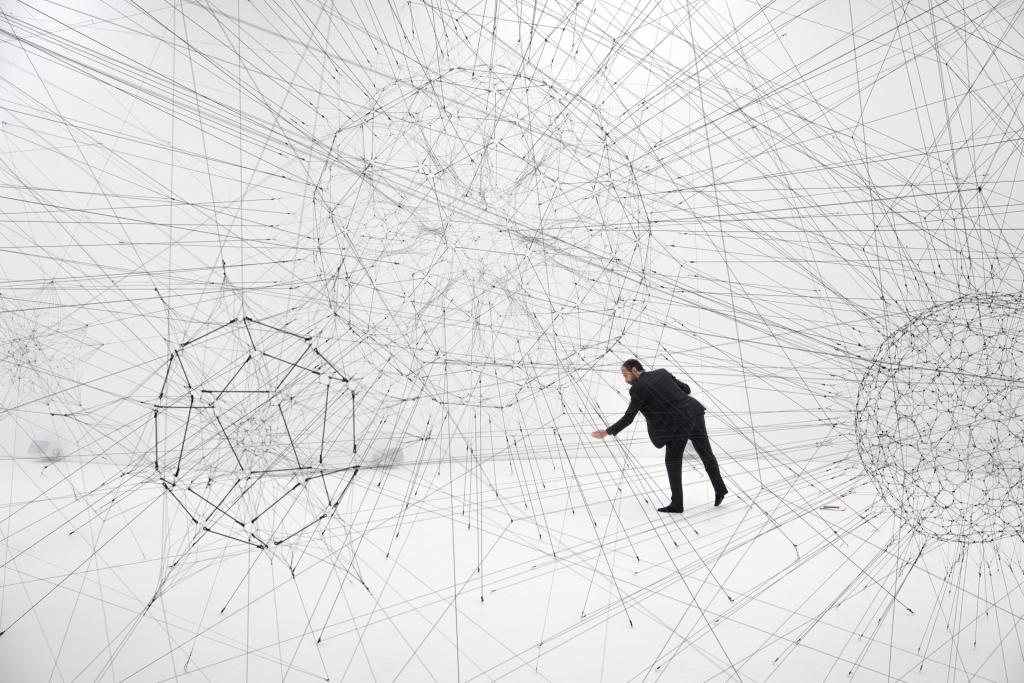
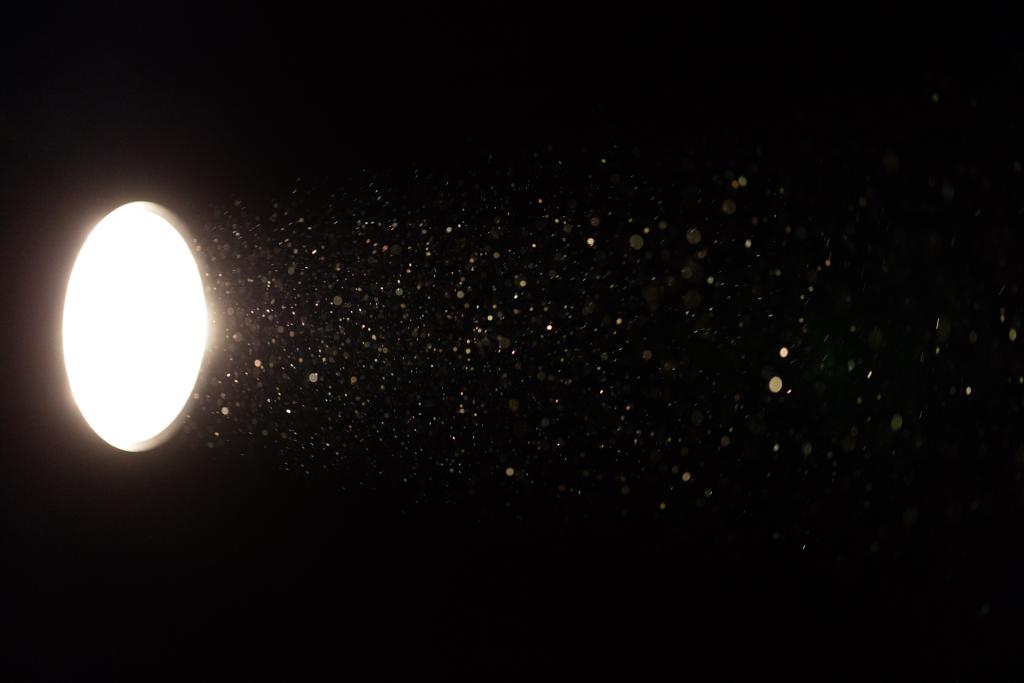
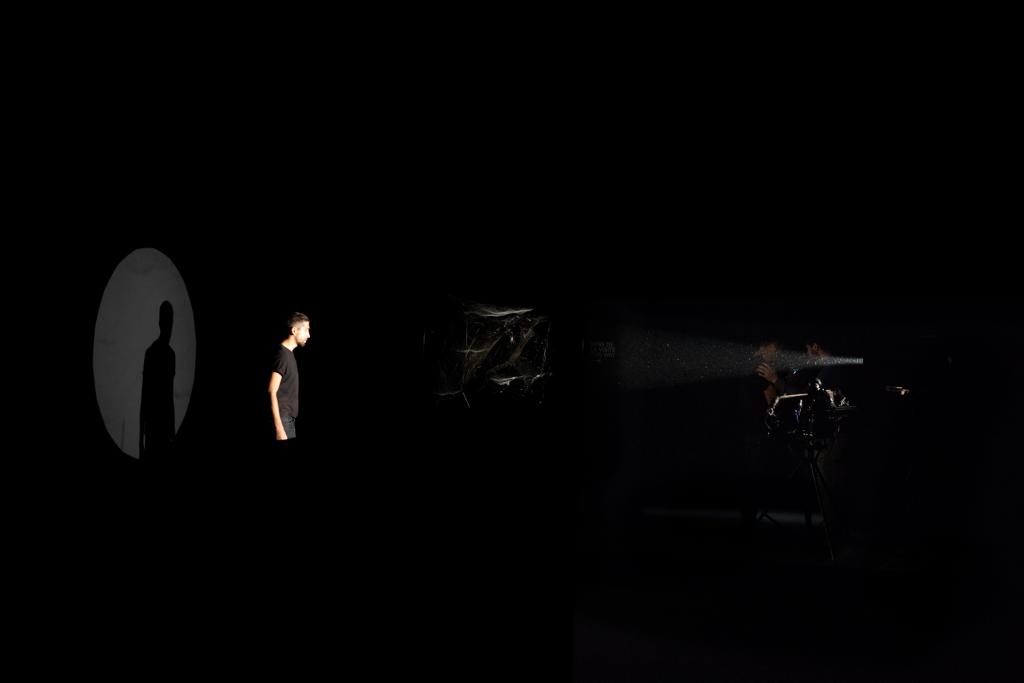
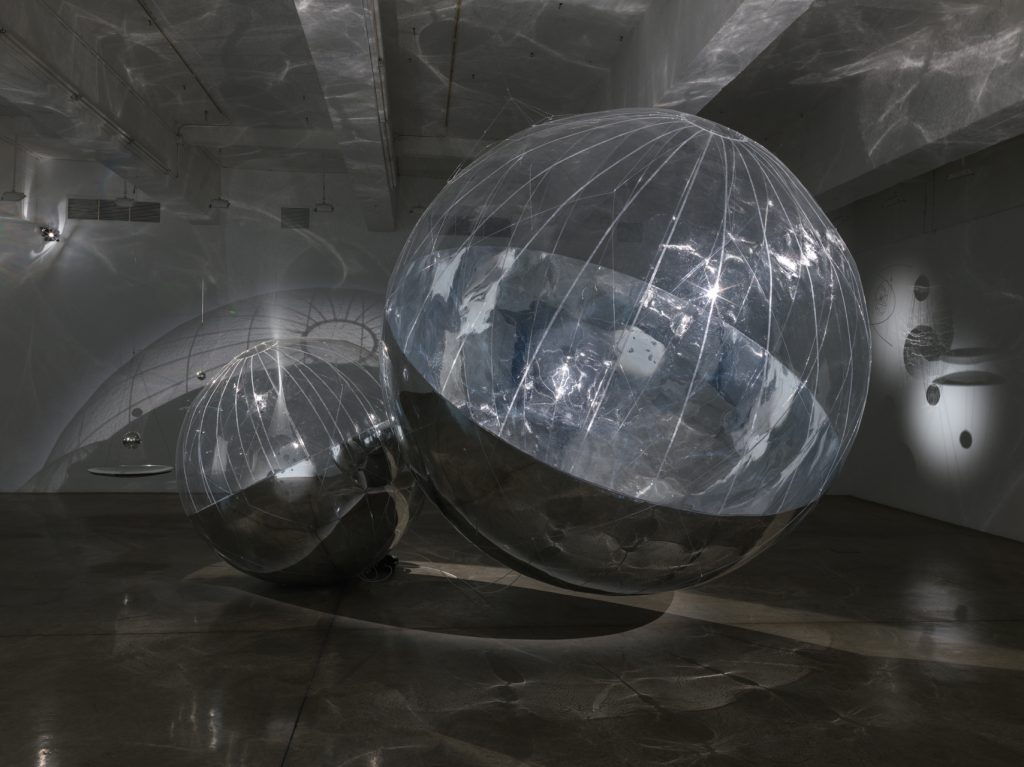
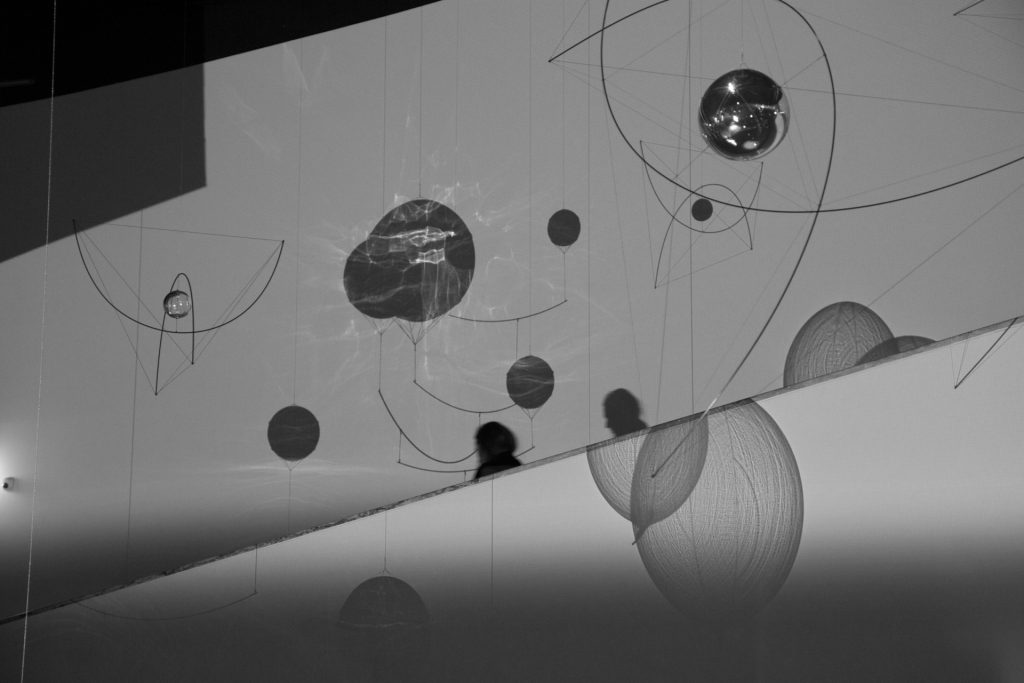
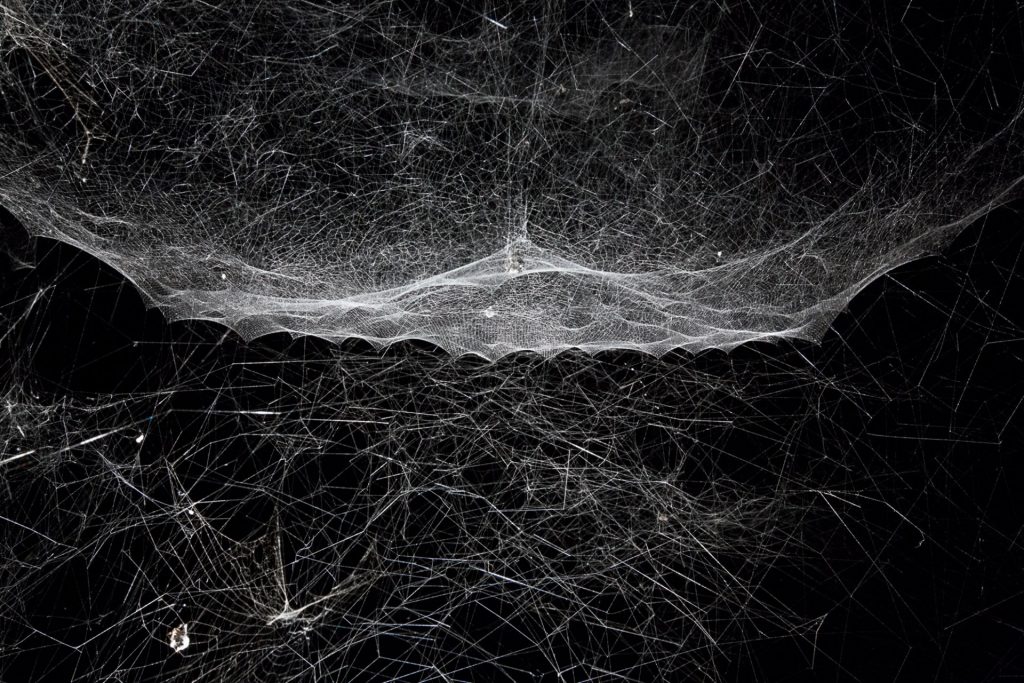
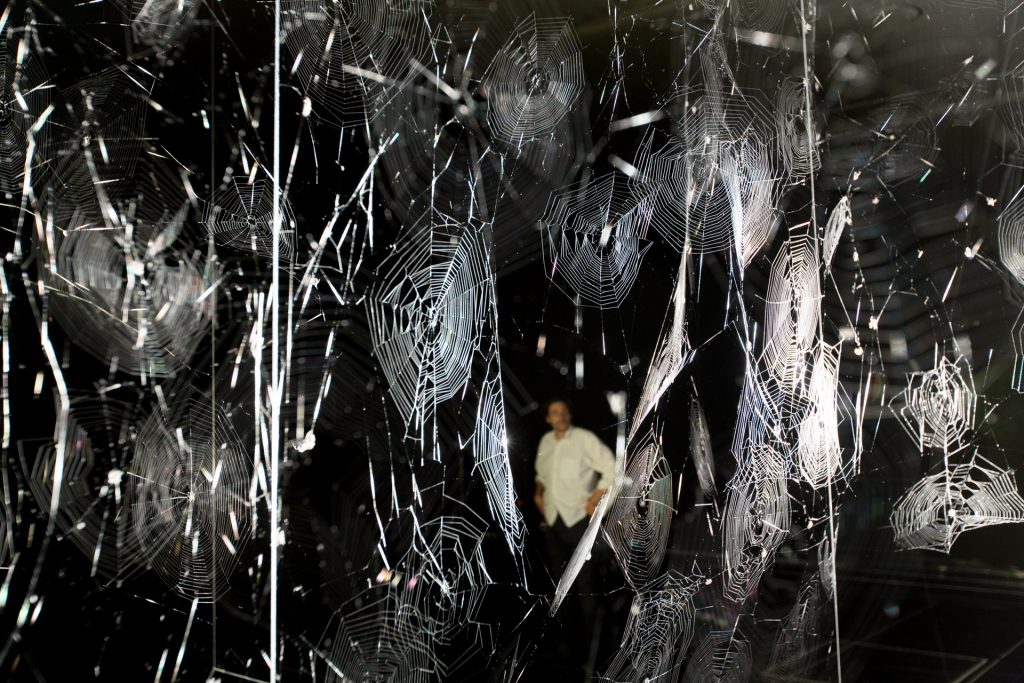
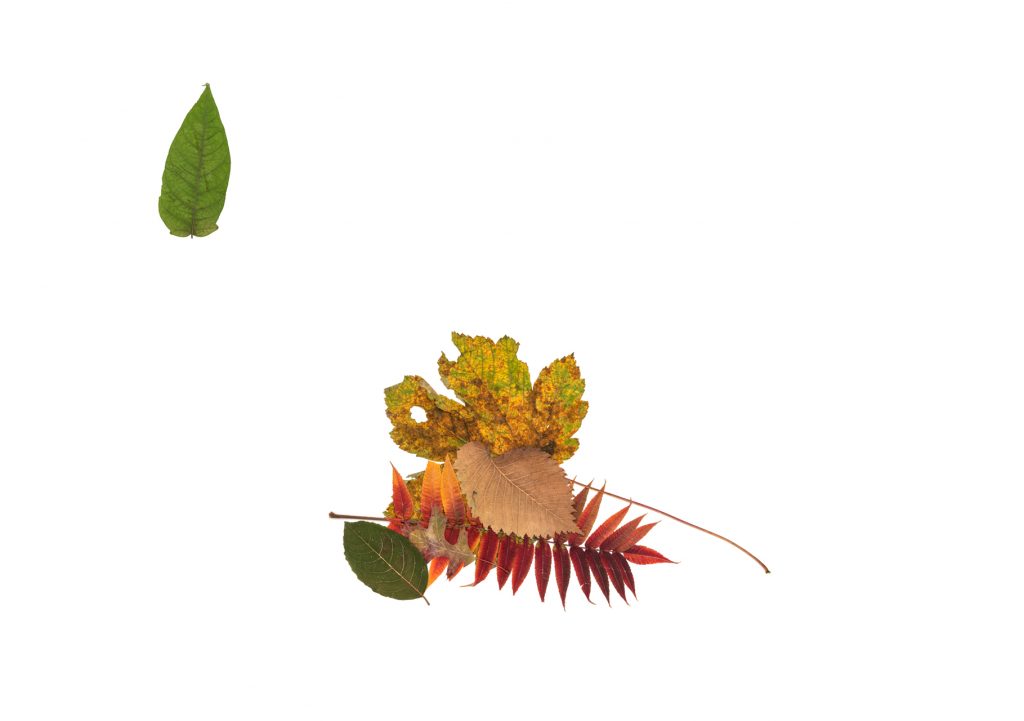
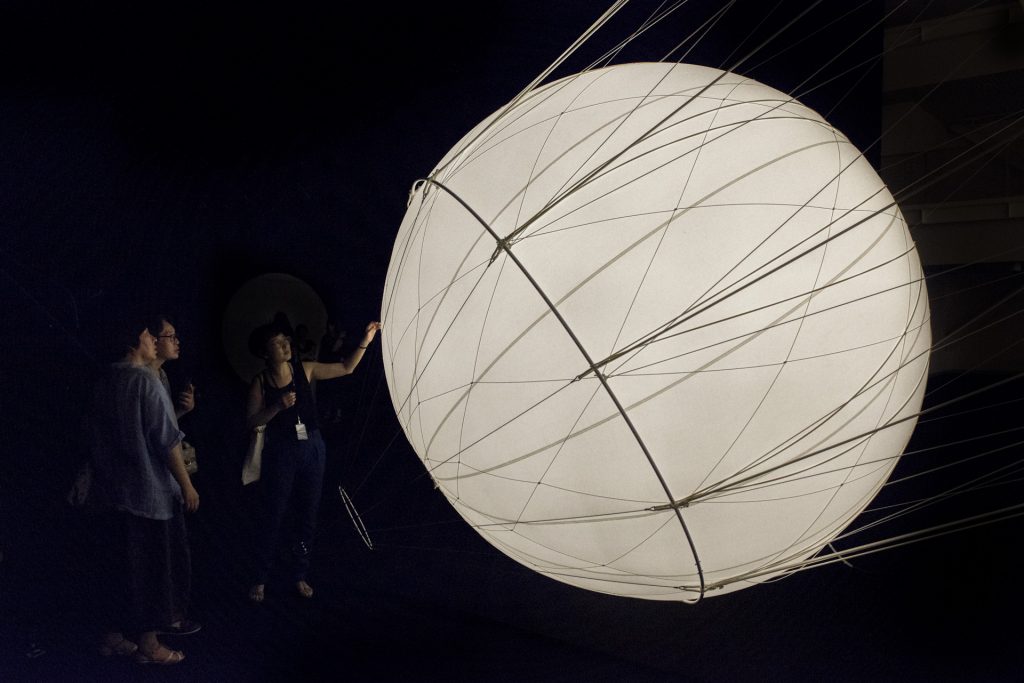
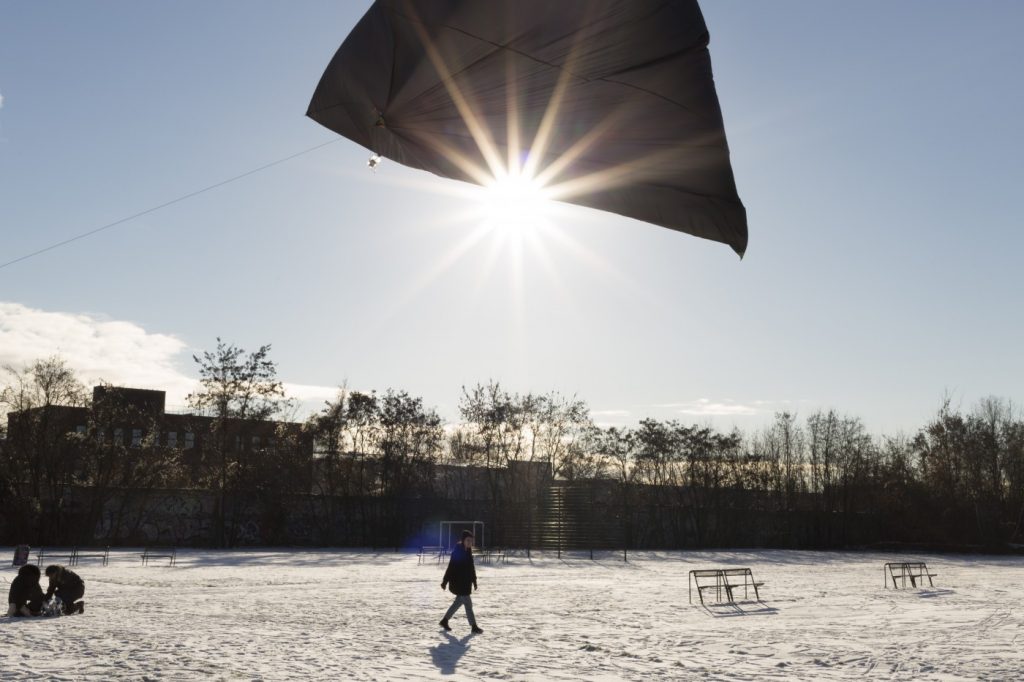
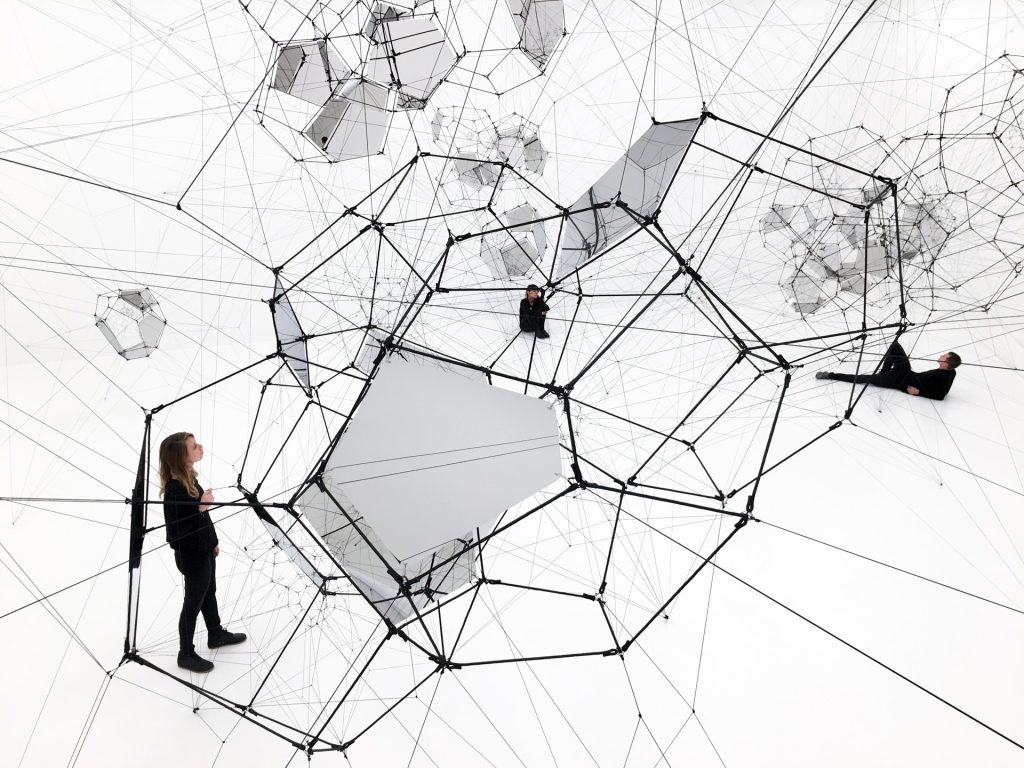
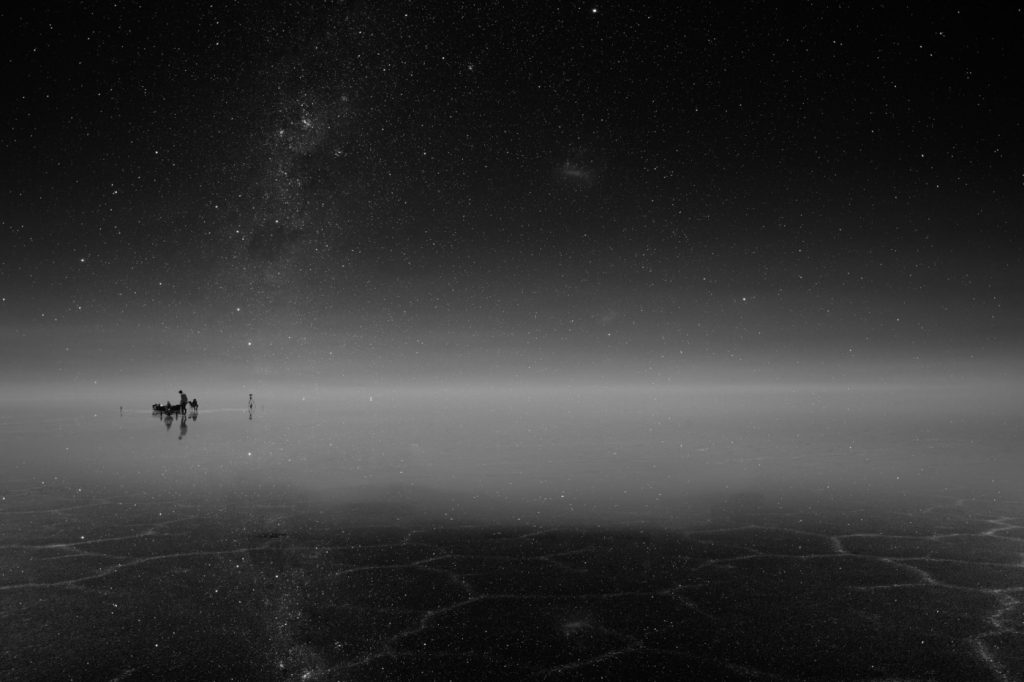
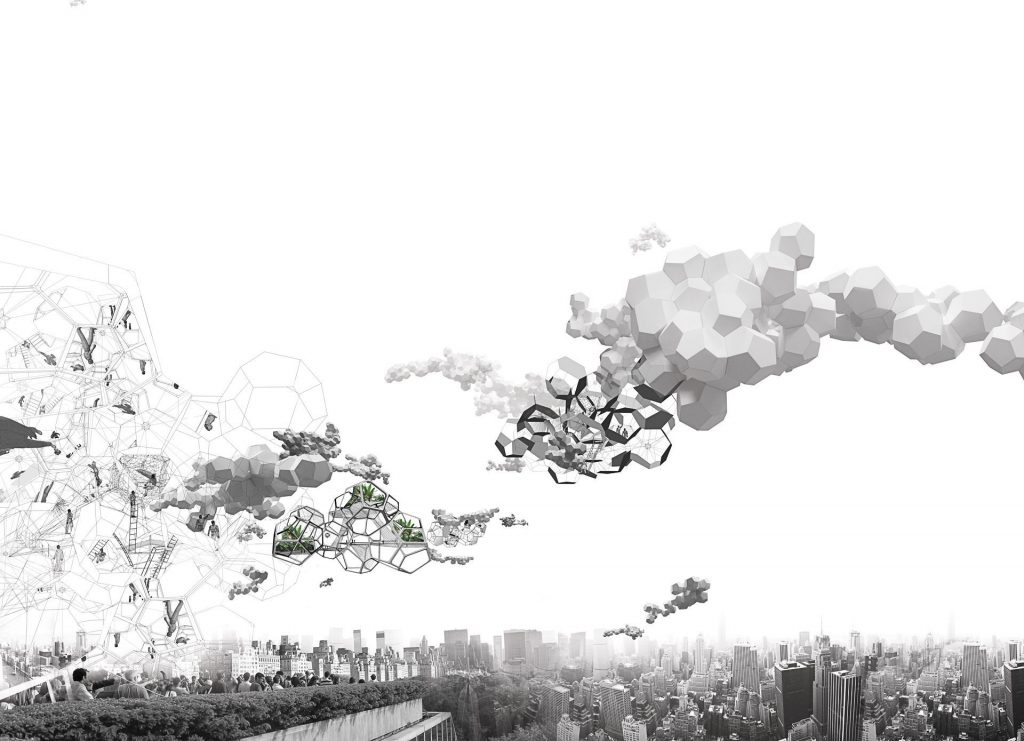
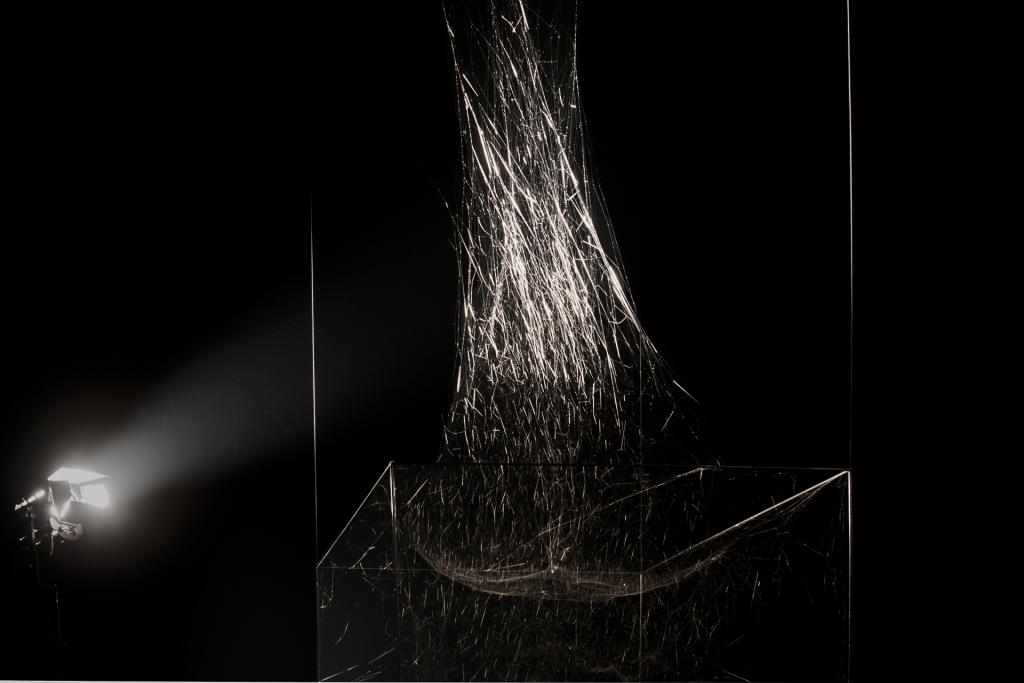
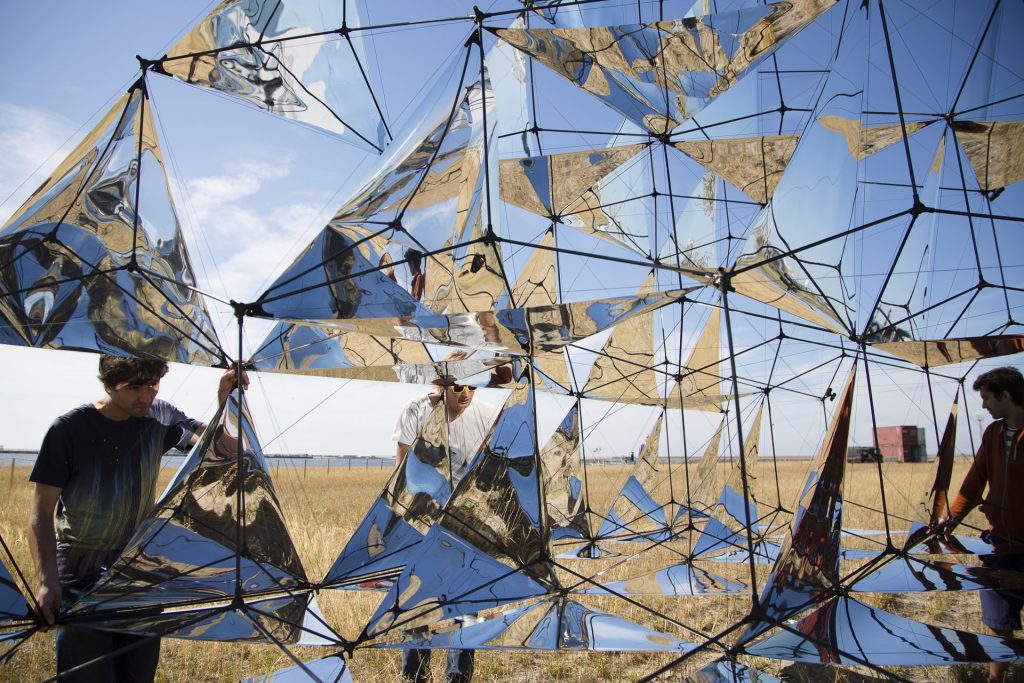
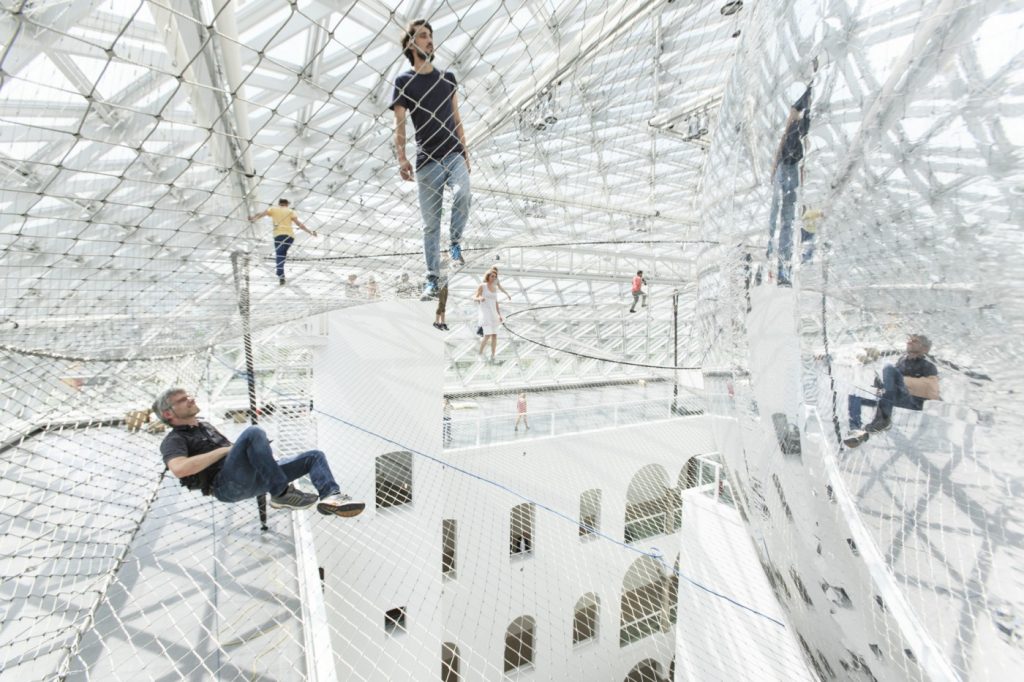
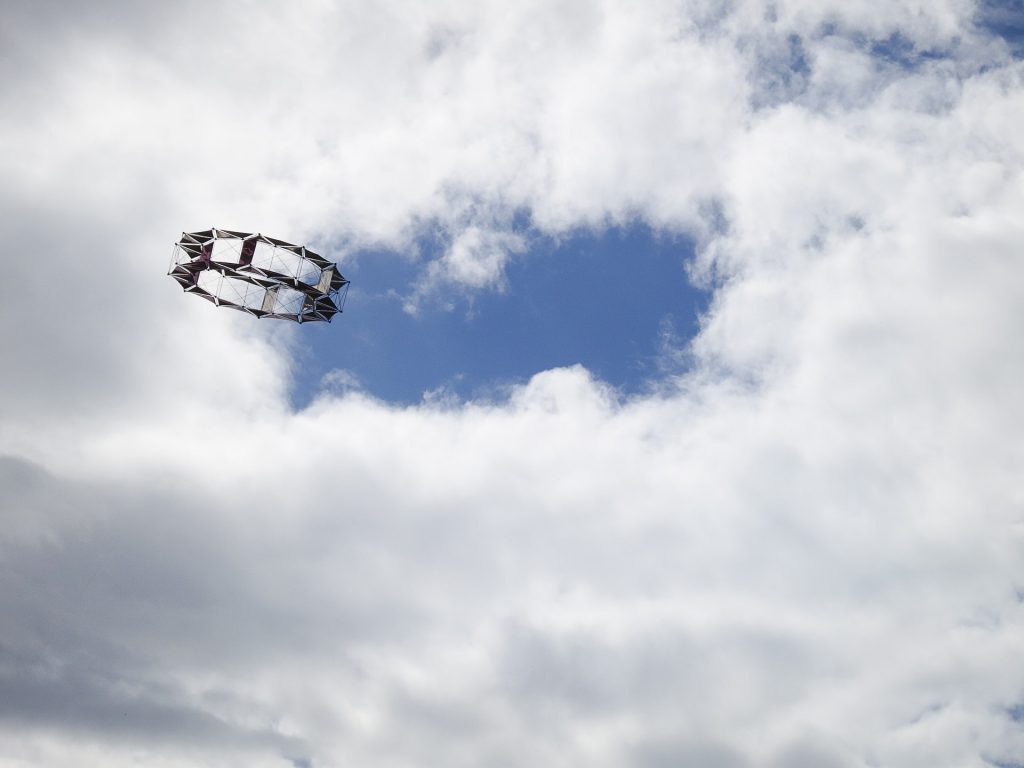
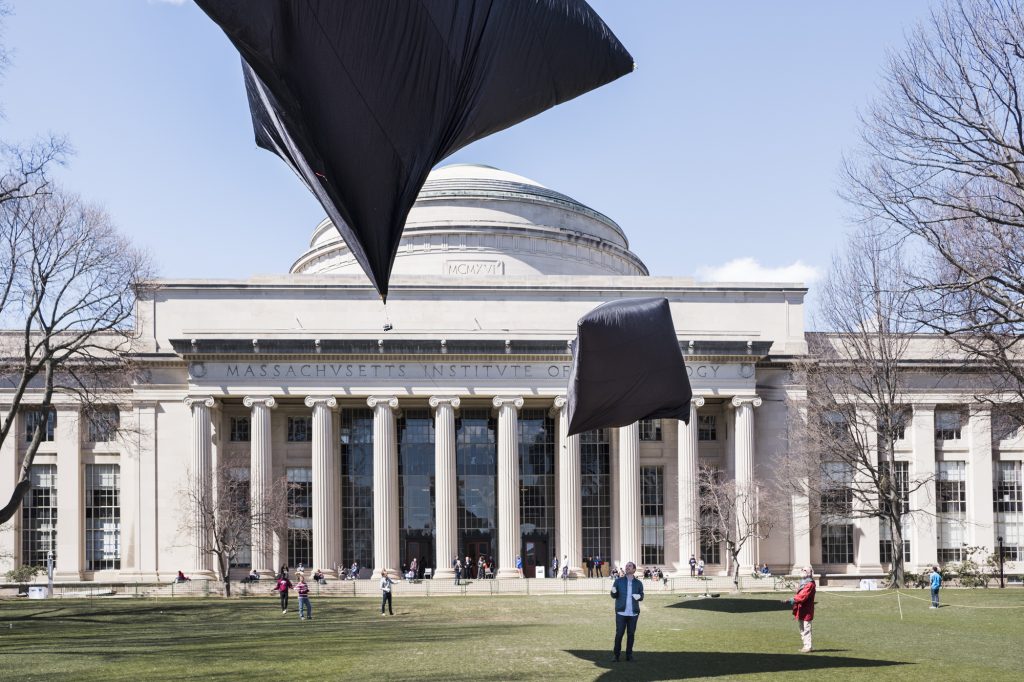
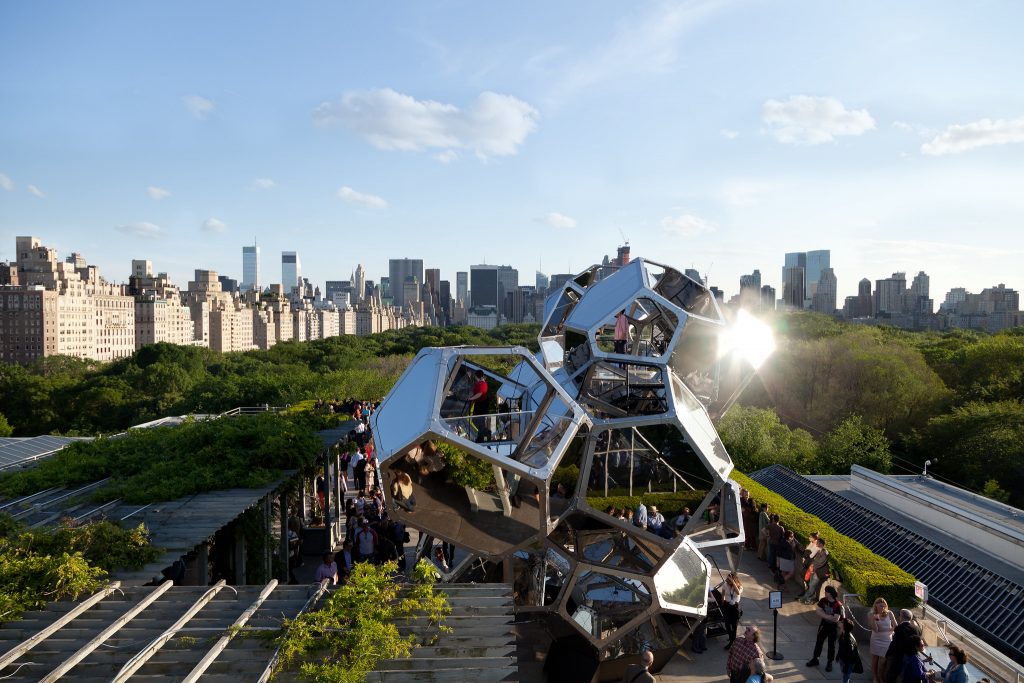
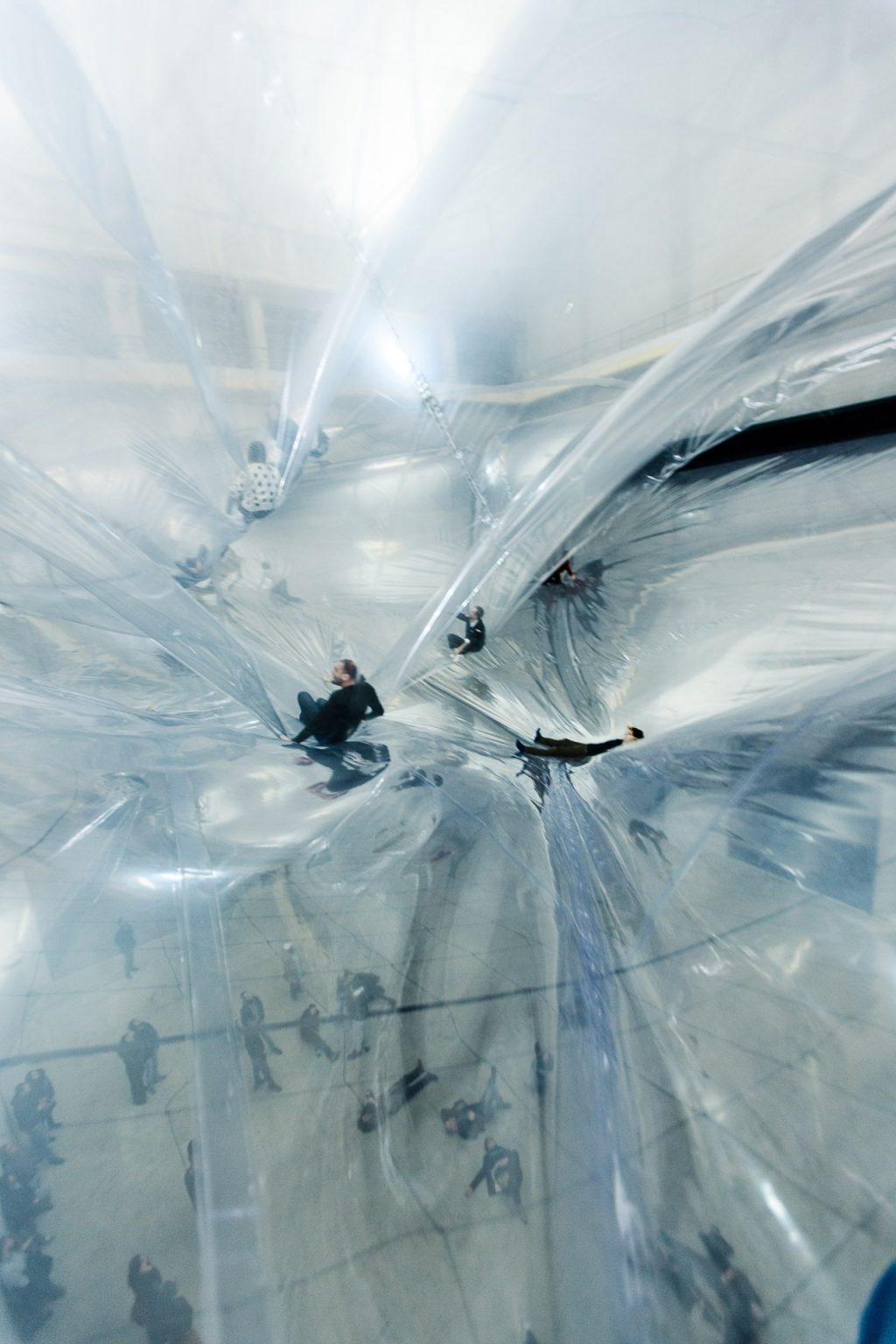
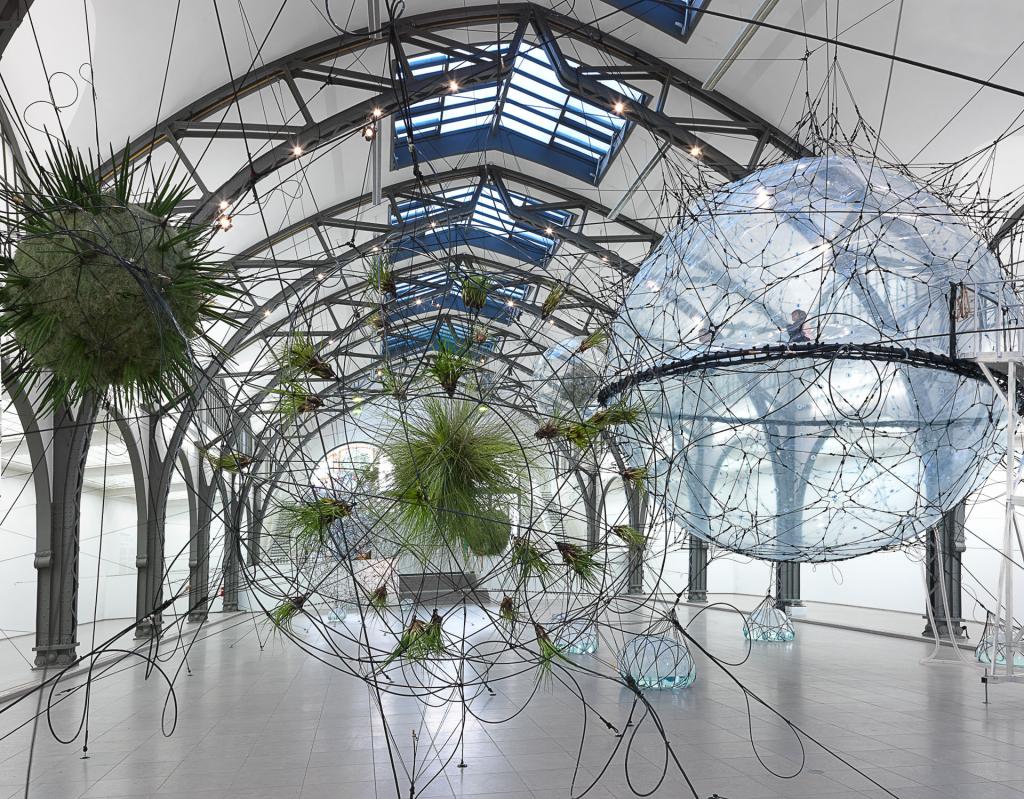
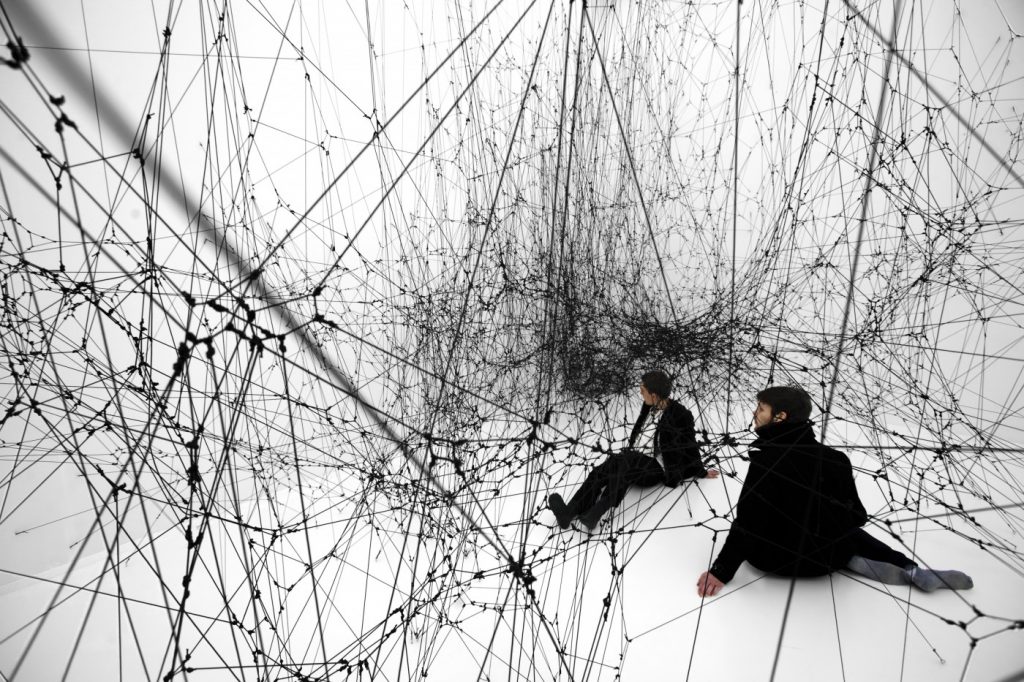
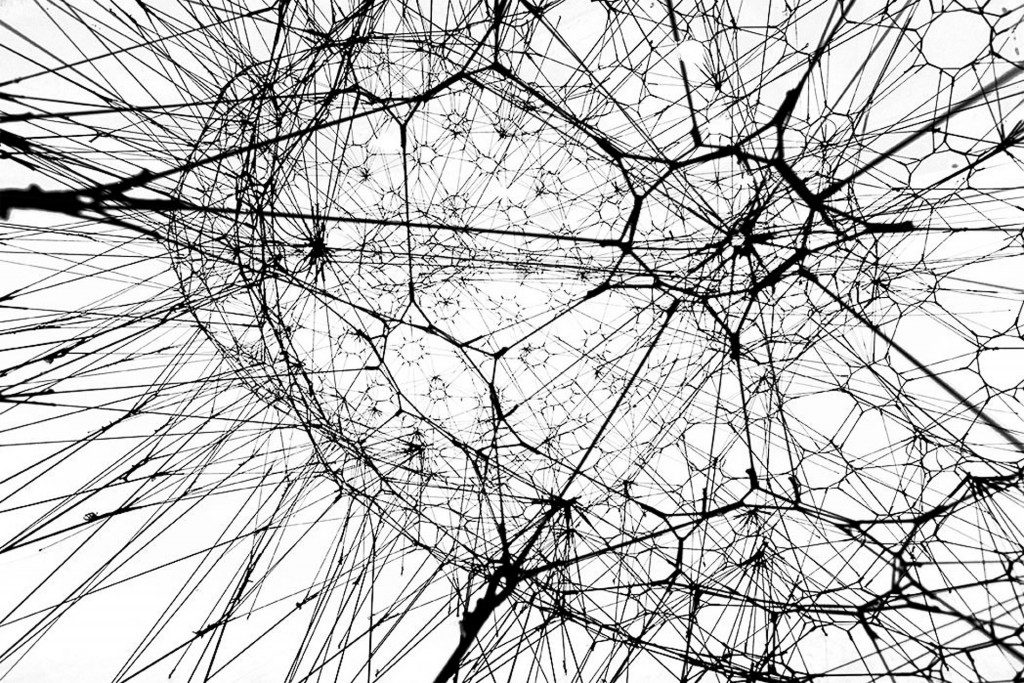
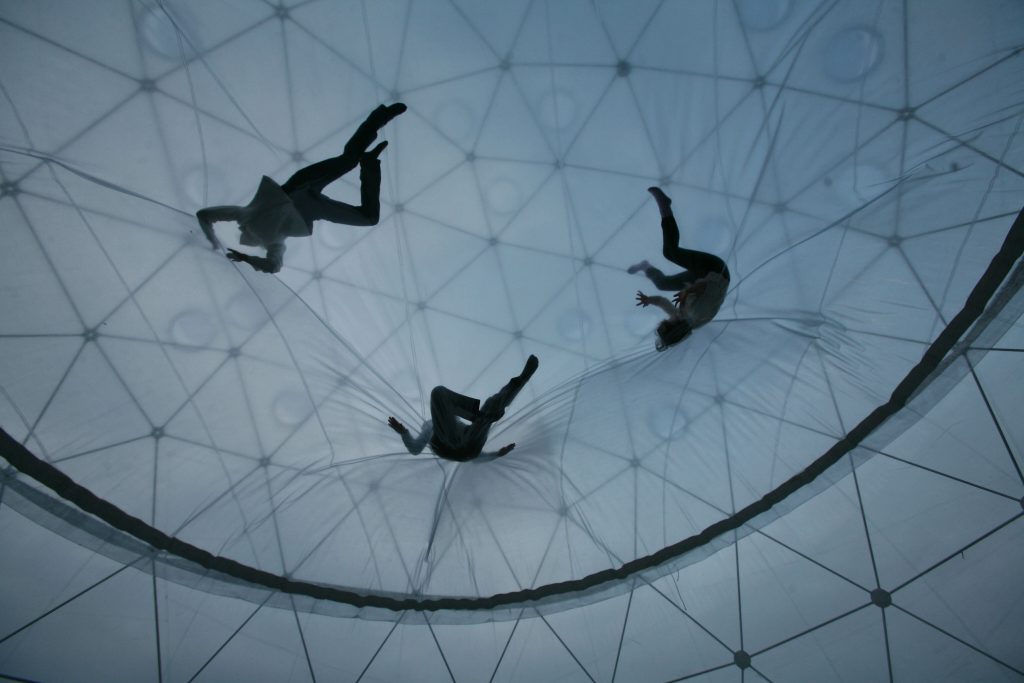
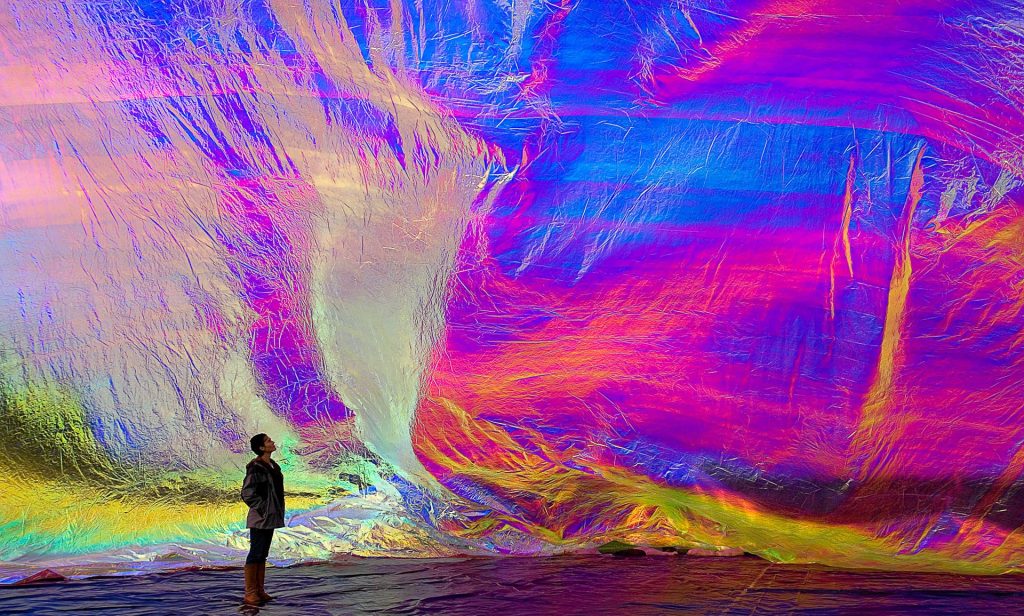
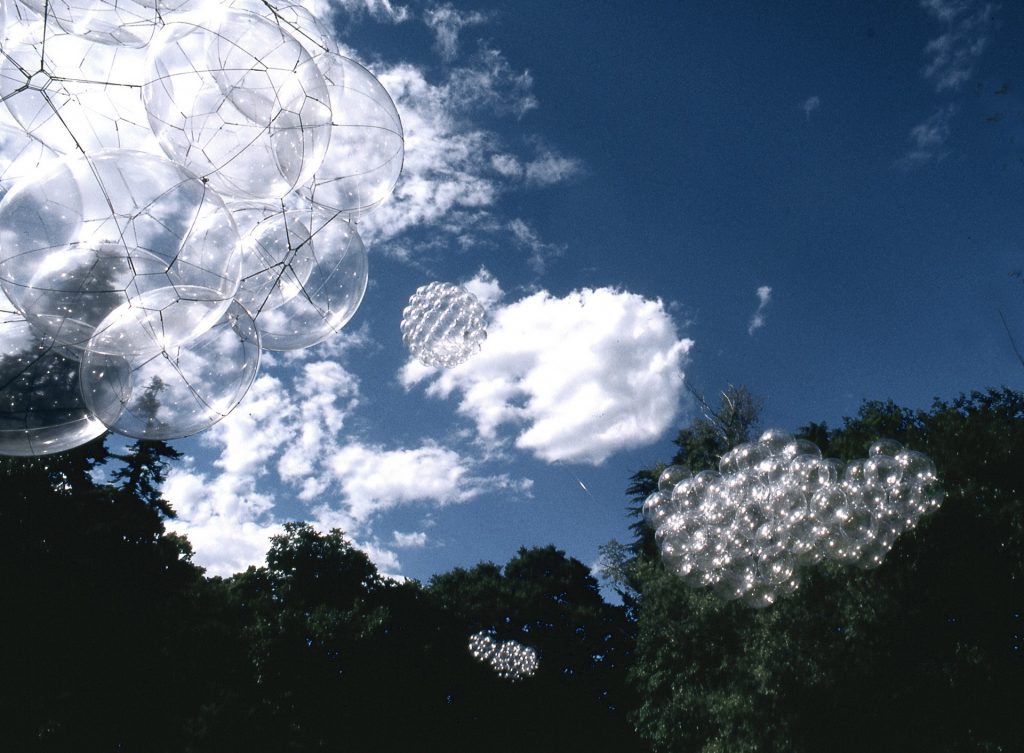

© Photography by Andrea Rossetti, 2013
In various cultures across the world the spider occupies a central place as a source of wisdom and divination: from ancient Nazca civilization of Peru to contemporary Cameroon. For over a decade, Tomas Saraceno has worked with arachnids and their built environment as part of the Arachnophilia community. Hybrid Webs showcases their meshwork as both model and metaphor for more-than-human technologies of settlement and networking. Webs are at once an extension of the spiders’ bodily cognition and a materialisation of the ties that connect them to their environments. They are their home, the fruit of their labour, and what they give to the ecosystem of which they are part.

Formed of complex interwoven networks suspended in air, the unique architectures of the Hybrid Webs series originate from inter-specific encounters between unrelated solitary, social and semi-social spider species. As different spiders from different species weave in the same space, bridging the architectures of each other’s webs, each one of them tells a story of hybrid relationships, entangling not only different arachnid webbed ecosystems, but also human and more-than-human worlds. In this series, floating galaxies made of different silk and web types collide, challenging gravity and fostering the emergence of new kinds of vibrational environments. There, sensory worlds and lines of communication merge and connect, the web being considered an extension of the spider’s sensorial and cognitive systems.
From these encounters, emerges a space where multitudes observe themselves in the very act of becoming a community: a spatial condition of physical immersion in an environment where stories of co-existence between humans and other species materialize. Engaging in those collaborative relationships and creative dynamics – the web sometimes becoming a musical instrument – is a way of attuning to others’ Umwelten, towards novel ways of living together. As Eben Kirskey puts it, “emergent dynamics can destroy the existing order”, but they “can also figure into collective hopes.”

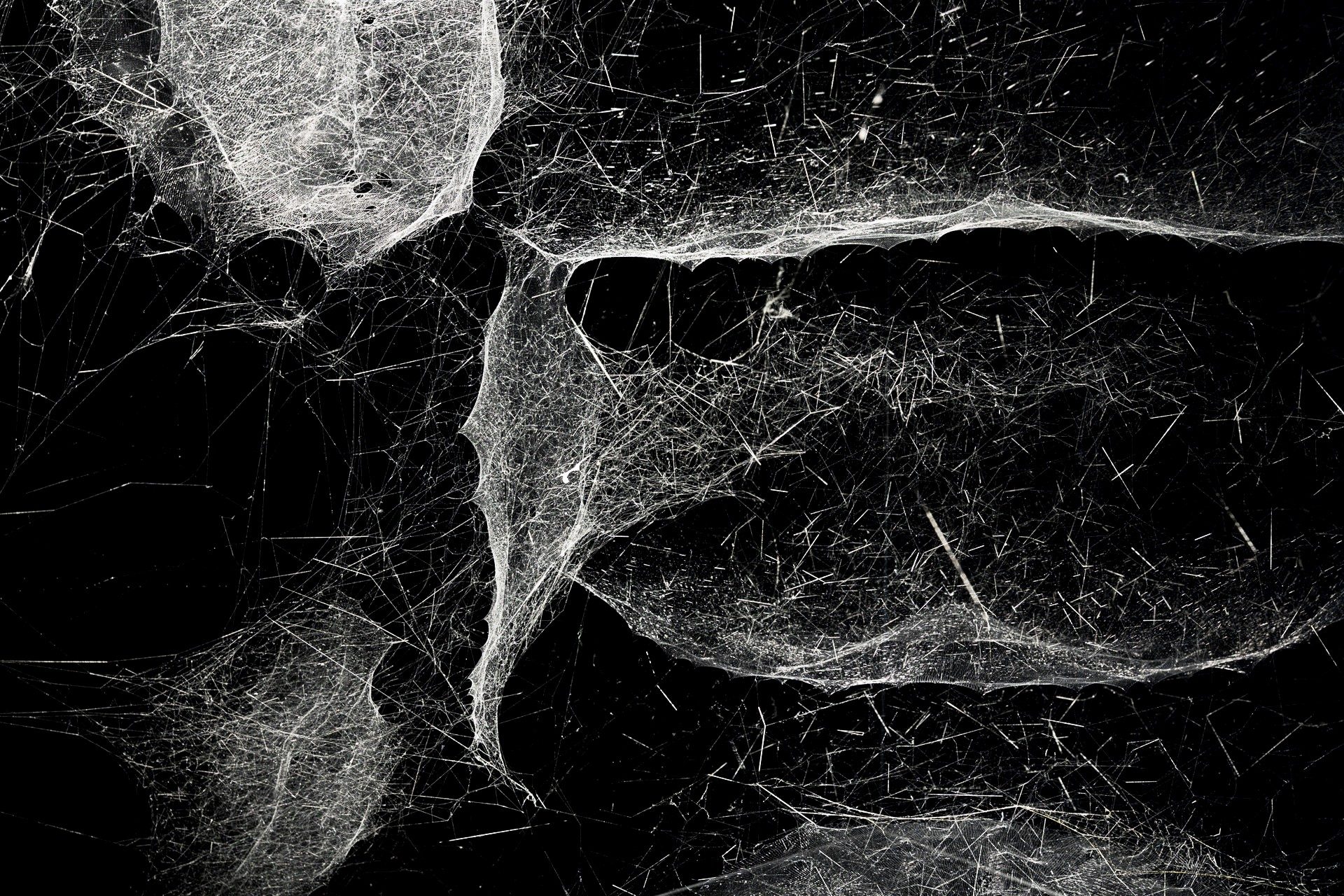
“Life is not just about matter and how it immediately interacts with itself but also how that matter interacts in interconnected systems that include organisms in their separately perceiving worlds – worlds that are necessarily incomplete, even for scientists and philosophers who, like there objects of study, form only a tiny part of the giant perhaps infinite universe they observe”
(Dorian Sagan, A Foray into the Worlds of Animals and Humans, with a Theory of Meaning, 1934)



“Spiders, we now understand, have given us a model of which the present is a simulacrum, though not just the technocratic, seemingly intangible future-present of life online but also the real-world urgency of environmental relationships and their fragility.”
(David Toop, Filament Drums: the Endless Instrument, in Cosmic Jive: The Spider Sessions, 2014)
In the most recent development of this work, spiders suspend their webs between the branches of a tree; one of nature’s ingenious architectures built upon the next; one life slotted into another. What we see here is a welding of authorship, and a blurring of the lines between body, home and technology. To some, the spider/web connotes decay and abandonment, even danger. But here it appears as an object of a mysterious, otherworldly kind of beauty, as well as an intricate masterpiece of engineering.
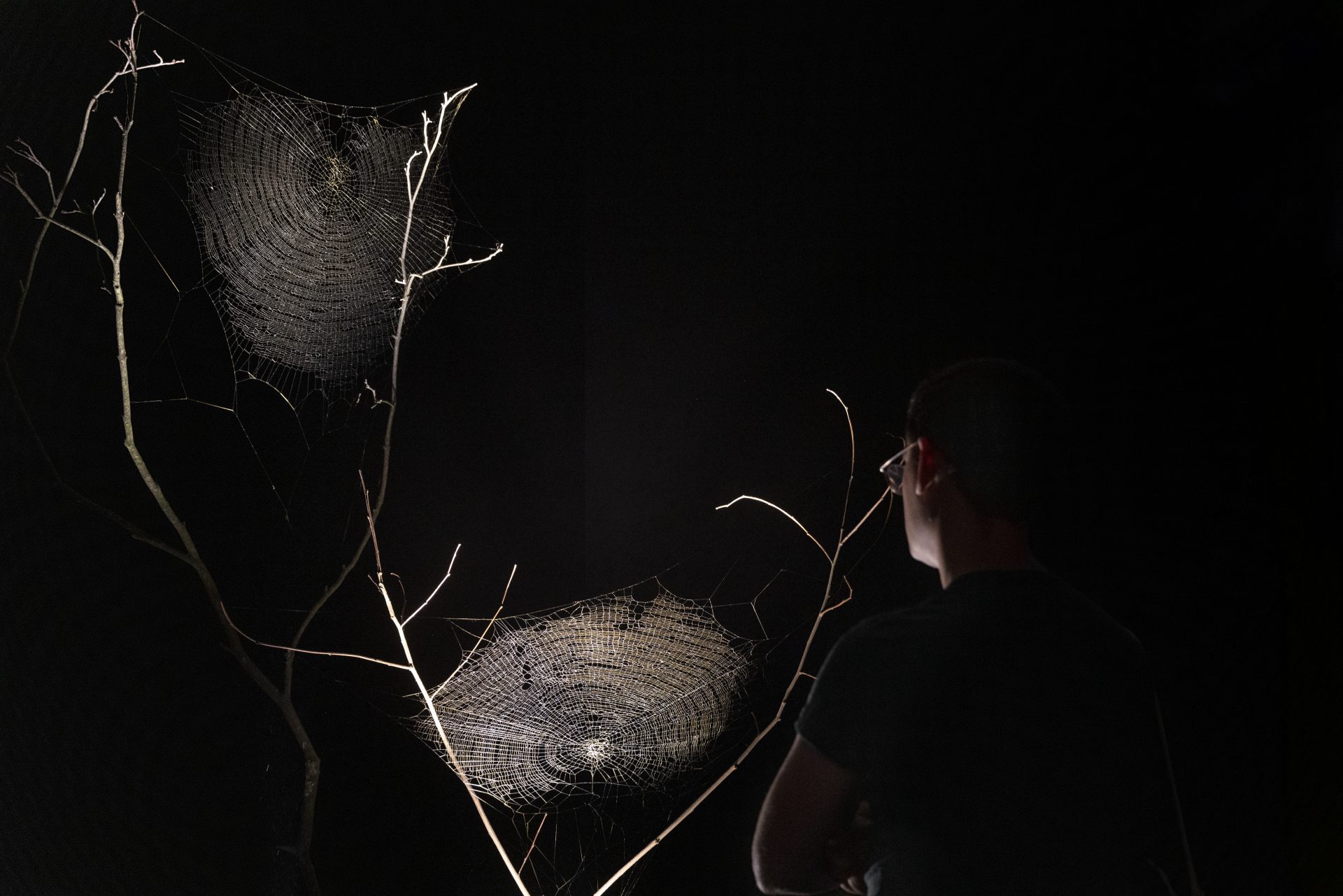
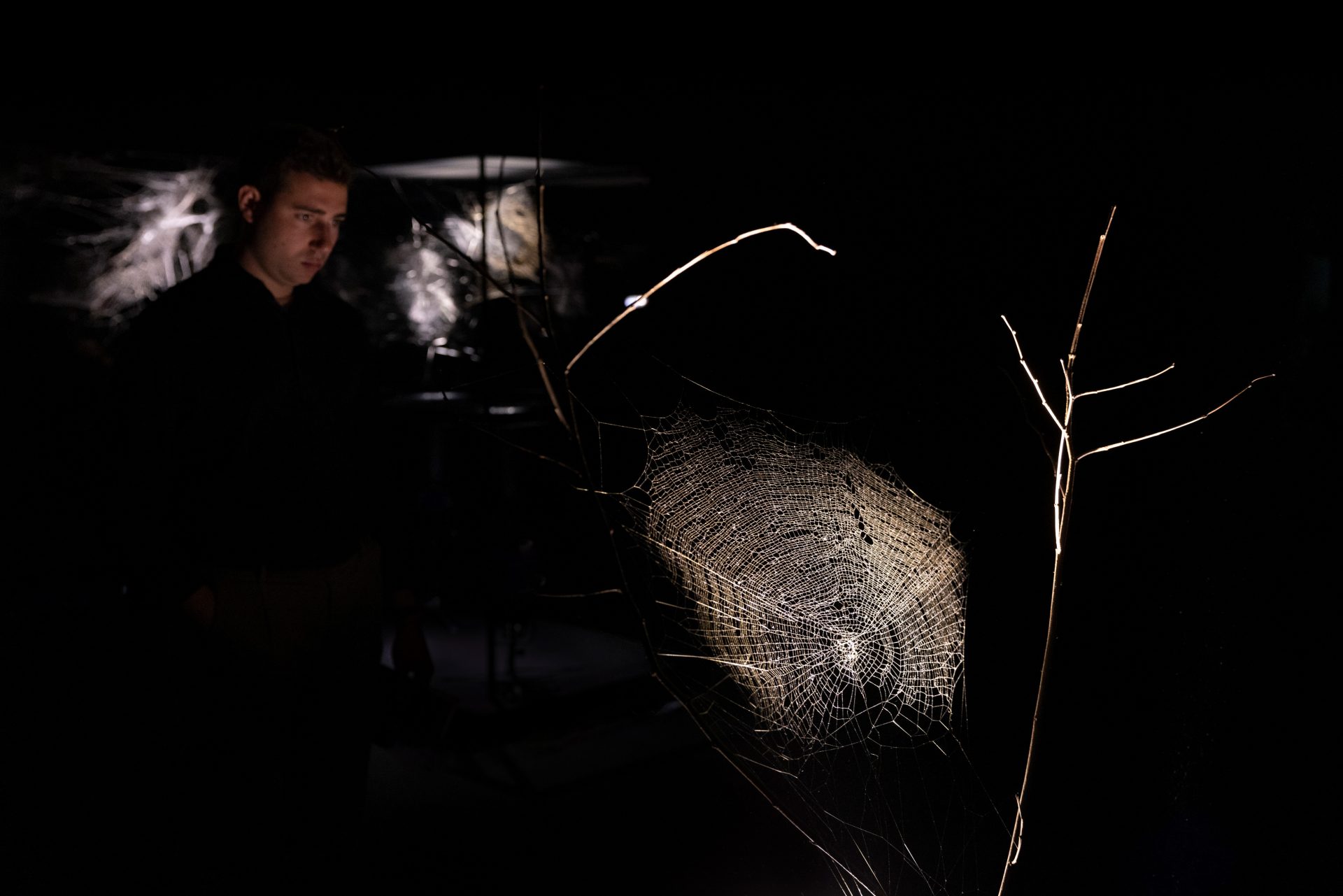
“Forget about spider man and his meek two-dimensional webs! Even though spider webs have been around for at least 140 million years, we have never managed to preserve, measure and display their webs in a three dimensional form. Tomás Saraceno has opened our eyes to the intricate geometry of spider webs with his newly invented scanning instrument that digitized for the first time a three-dimensional web. In fact, there is no single museum in the world with a collection of this kind. His spider web sculptures are a breakthrough in both science and art, and thanks to his methods and technique he has enabled much needed comparative studies in mathematics, engineering and arachnology, opening new fields of studies.”
(Peter Jäger, Head of Arachnology, Senckenberg Research Institute, Frankfurt am Main, and co-author of the World Spider Catalog, 2015)

Tomás Saraceno: We are trying to learn about spiders’ behavior and net making and we would like to learn more about the origin of the uni-verse…But maybe you could start by explaining the project first and also this analogy between the cosmic filaments and a spider web.
Volker Springel: … The cosmic web, that’s how we astronomers talk about the big picture, how the universe as a whole presents itself and how galaxies are arranged on large scales. I can show you a flight through the universe. As we think it is. The stuff that is colorful here is actually matter which you can’t really see. On the computer we can paint it and we can illuminate it. What is visible a little bit here is that the backbone of structure of the universe consists of these filament-like structures, which are part of the cosmic web, and along these we find galaxies that are arranged like pearls on a string…We hope to find evidence for unknown elementary particles that we think make up most of the matter in the universe. All of this stuff that is red and yellow here are particles we have not discovered yet on earth.
(Excerpts from a conversation with Volker Springel at the Max Planck Institute for Astrophysics in Munich, Germany, on February 17, 2009)





The spider/webs that have co-authored the symbiotic Hybrid Webs series inhabit the studio of Tomás Saraceno; their binomial names compose the artwork’s authorship, their sociality and choreography its title. Autonomy and consent of the spiders that participate within the artwork is embedded into its production: open frames installed throughout the artist’s studio offer an apparatus and invitation through which their choreography can be attuned. As different spiders across lines of species and sociality weave together in the same space, connections are made to each other’s adjacent webs, the extension of the spider’s body.
Web-weaving spiders will always, instinctively, begin a process of weaving in order to sense the world (and other spiders) around them. Providing them an open frame is rendered as an invitation to initiate such practice—that is, should they cross its path and find its geometry appealing. When the accepting spider then freely leaves the frame, other spiders may decide to inhabit it after, weaving around the corners and edges of the frame, but also the spider/web formation left behind if it remains in good health and condition. In turn, each connection made between the different typologies of spider/web reveal a synaptic narrative and lesson for living together.
The artworks not only draw attention to the hybrid structures of cohabitation that spiders have woven for millenia—outside a Western gaze—but in turn recognize those spider/webs who did not arrive by invitation. The so-called traces left behind by a spider, their webs actively removed from spaces as a result of a monocultural arachnophobia, are directly highlighted for the complexities they exhibit—moving its viewers from arachnophobia to Arachnophilia. The Hybrid Webs series acknowledges the invertebrates still living, and those who face extinction if we do not discern the violence of historical and ongoing extractive gestures and shift our thinking about the ‘natural’ world toward one in which we are re-entangled within the web of life. Our gaze need only be re-orientated a little: the blueprint for an interspecies future already exists in the homes, workplaces, and institutions that we inhabit.
Discover more with Arachnophilia.net
...